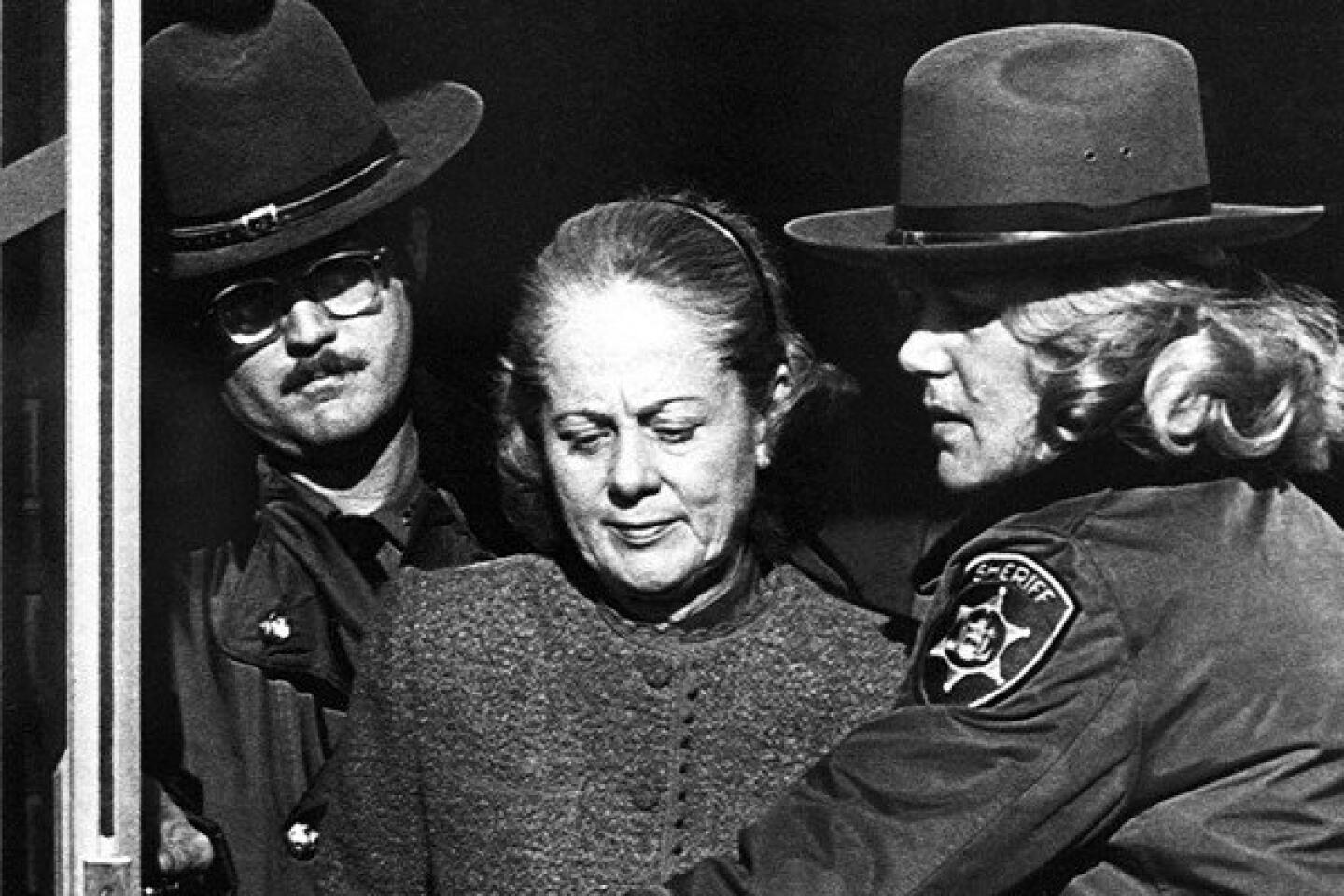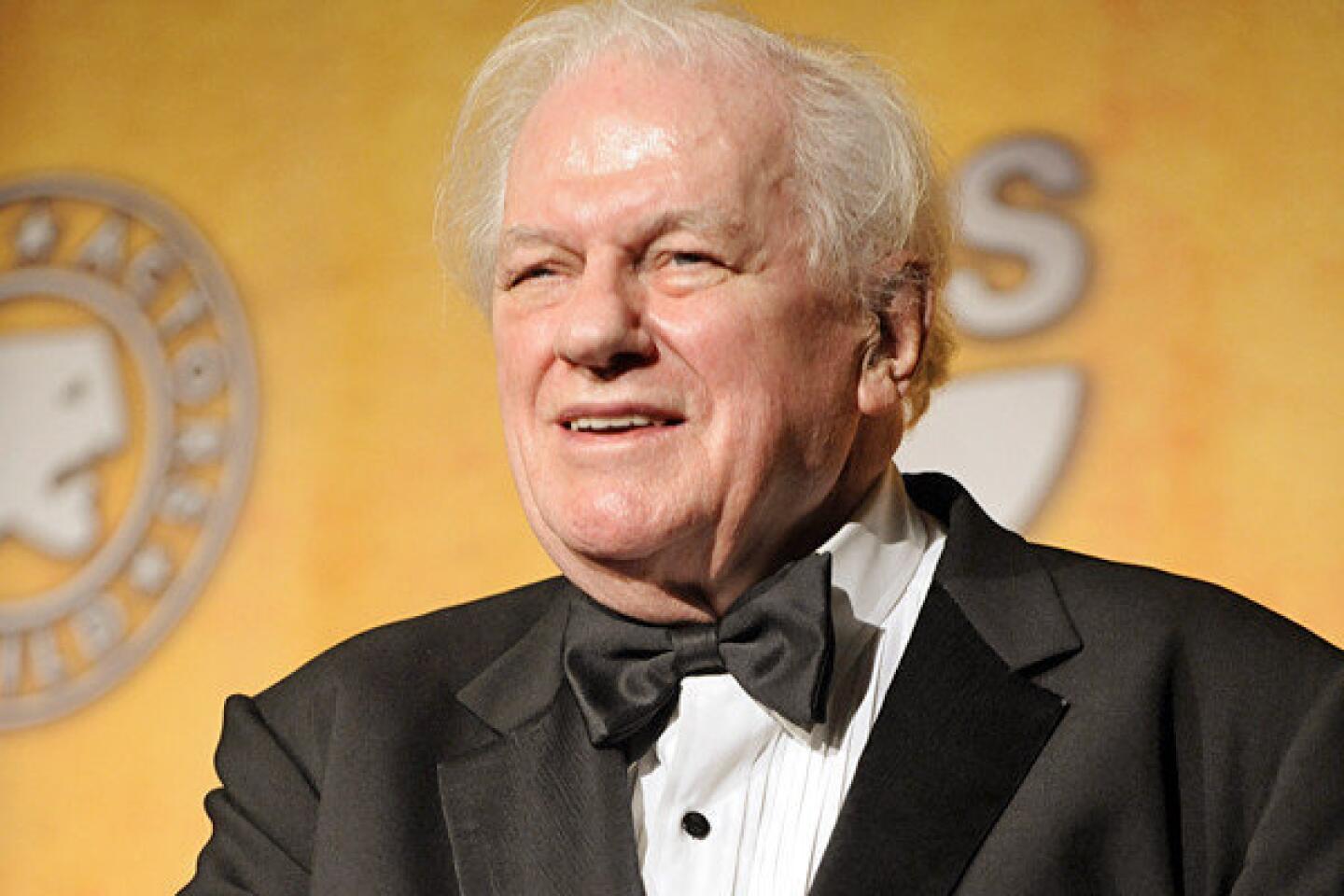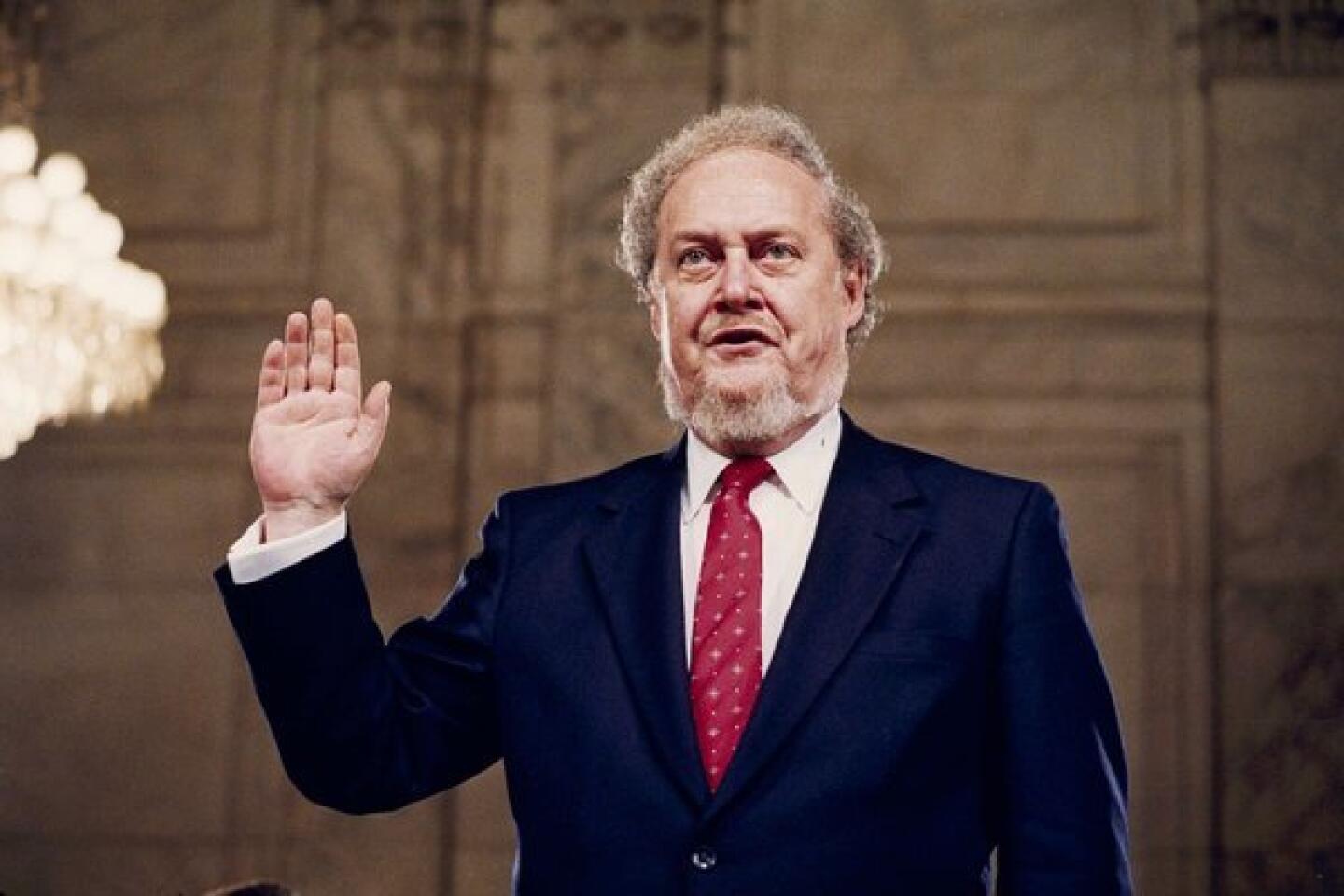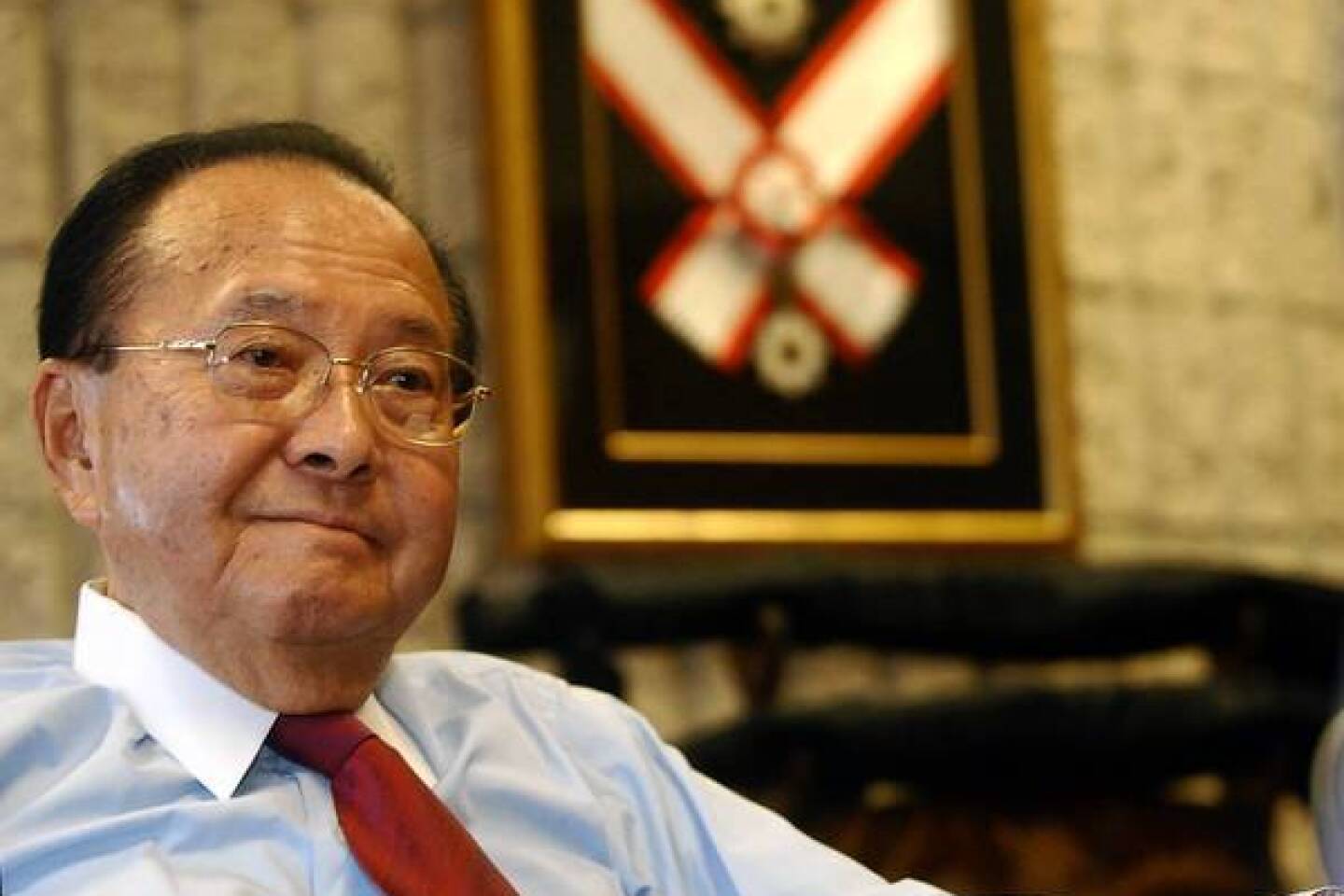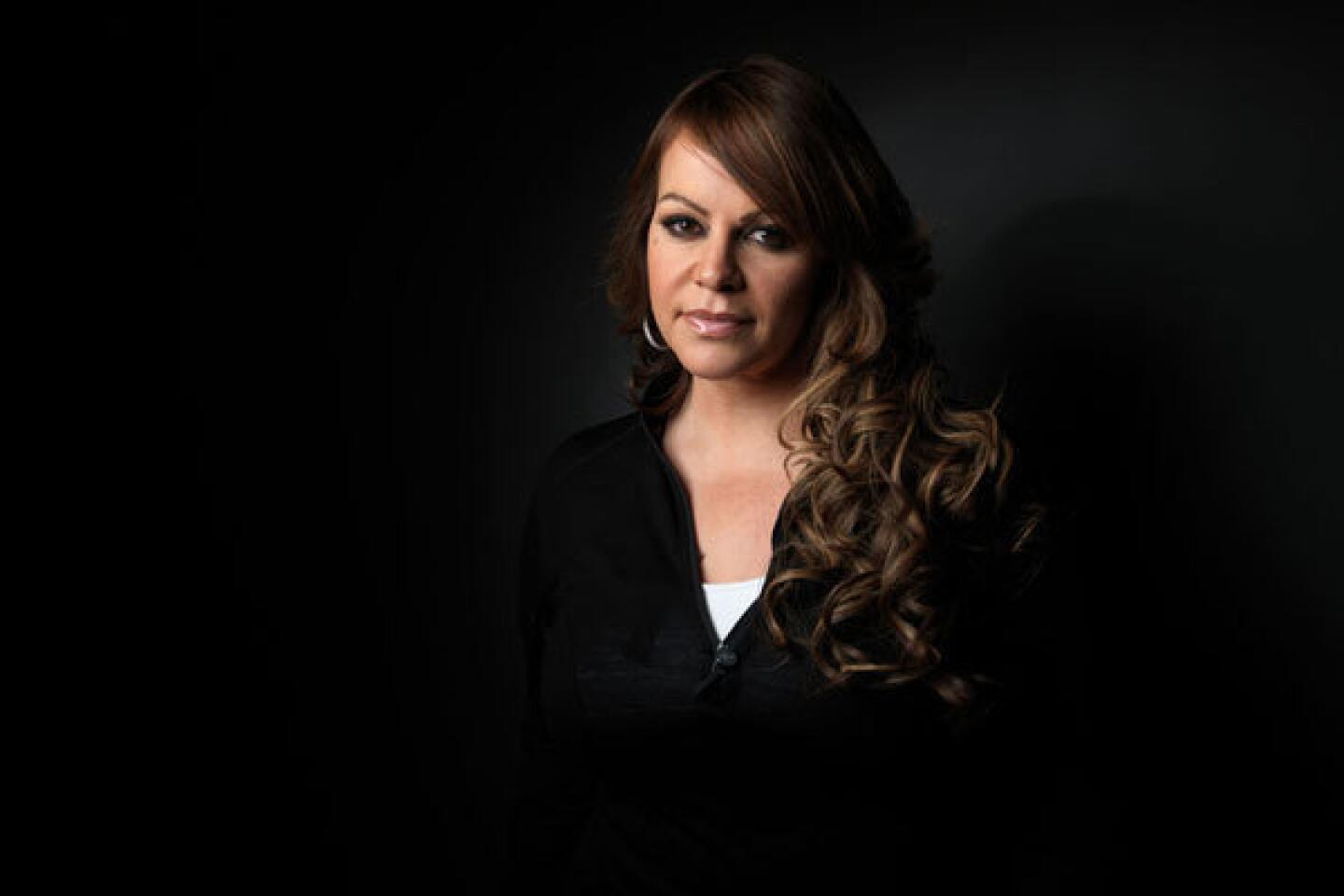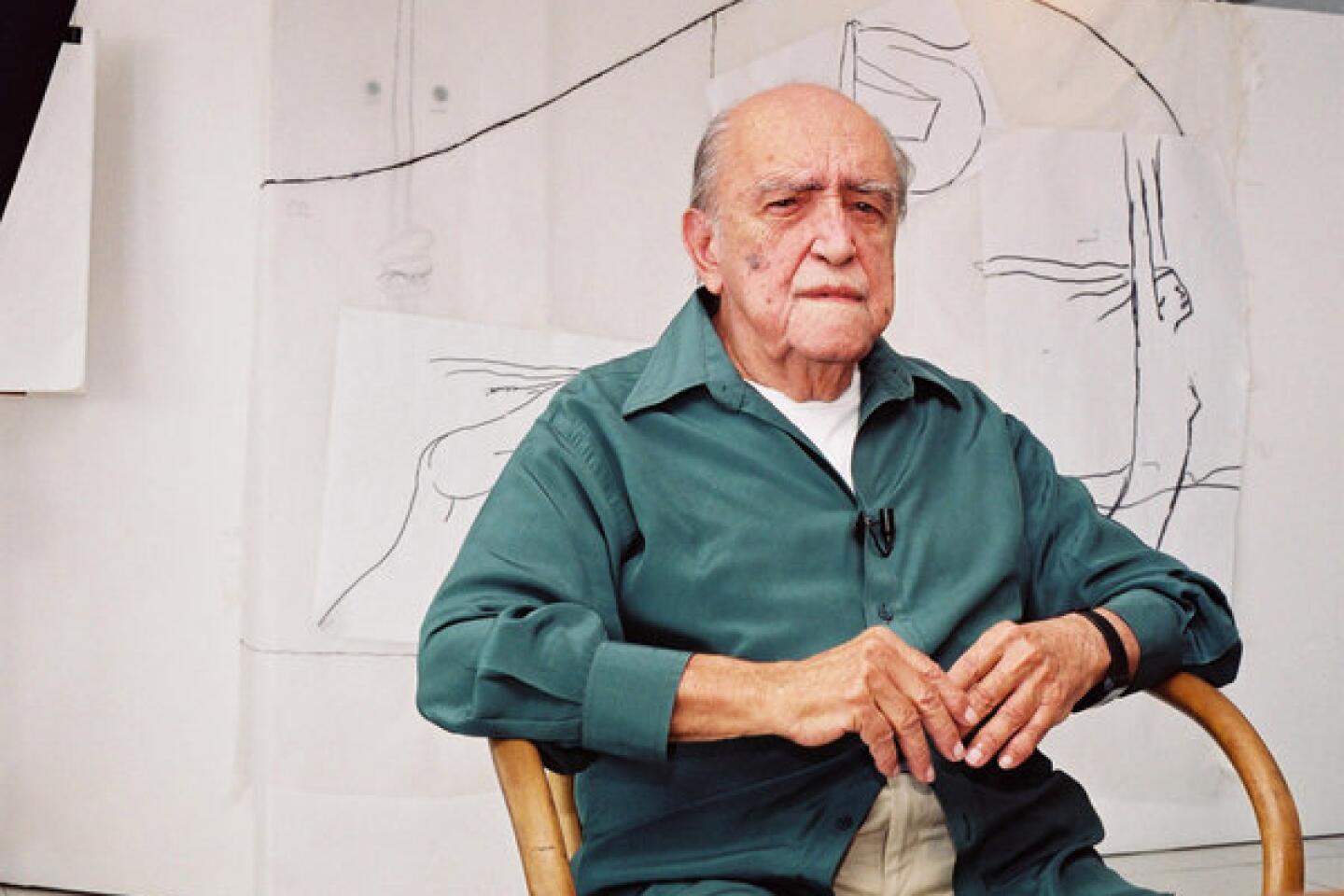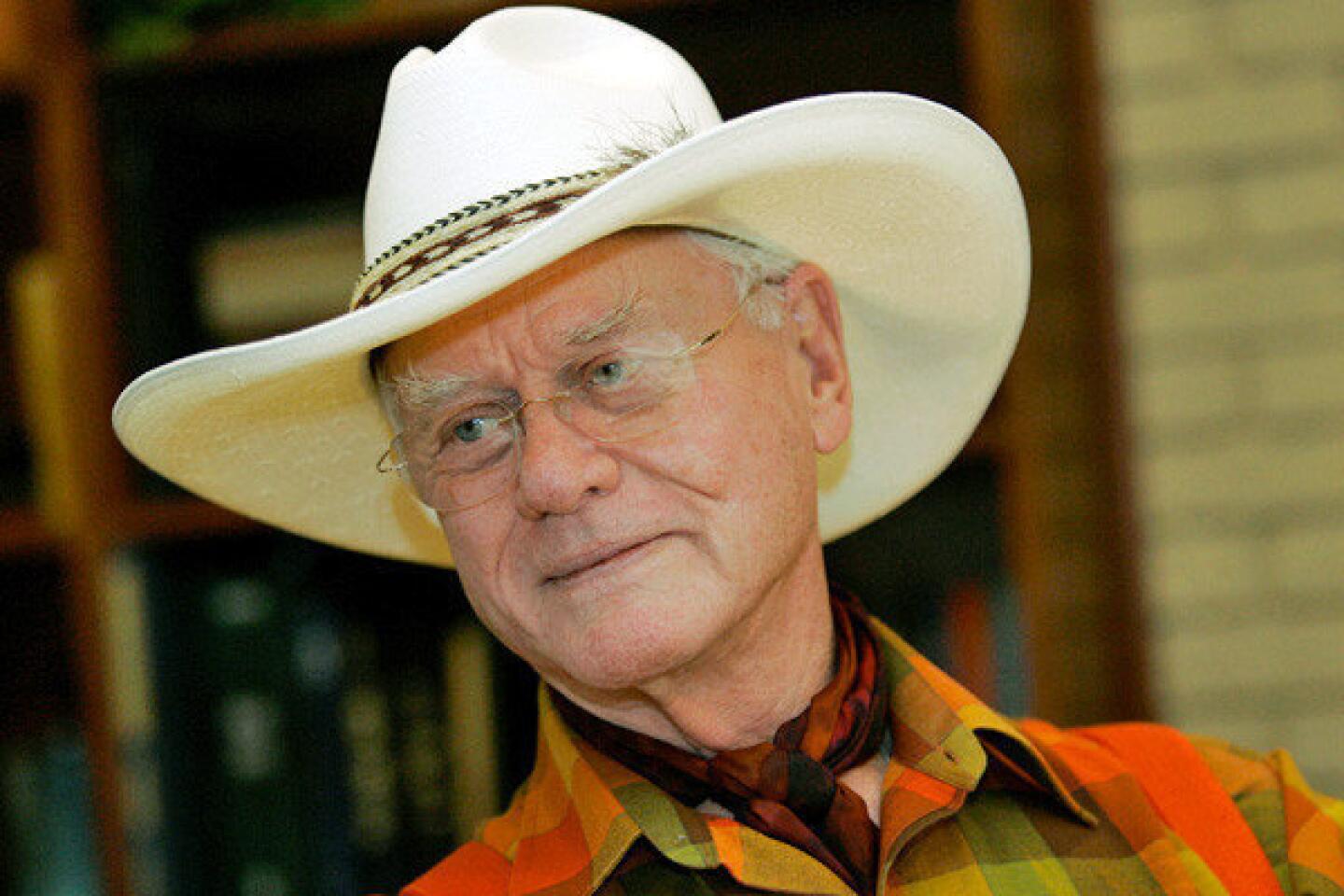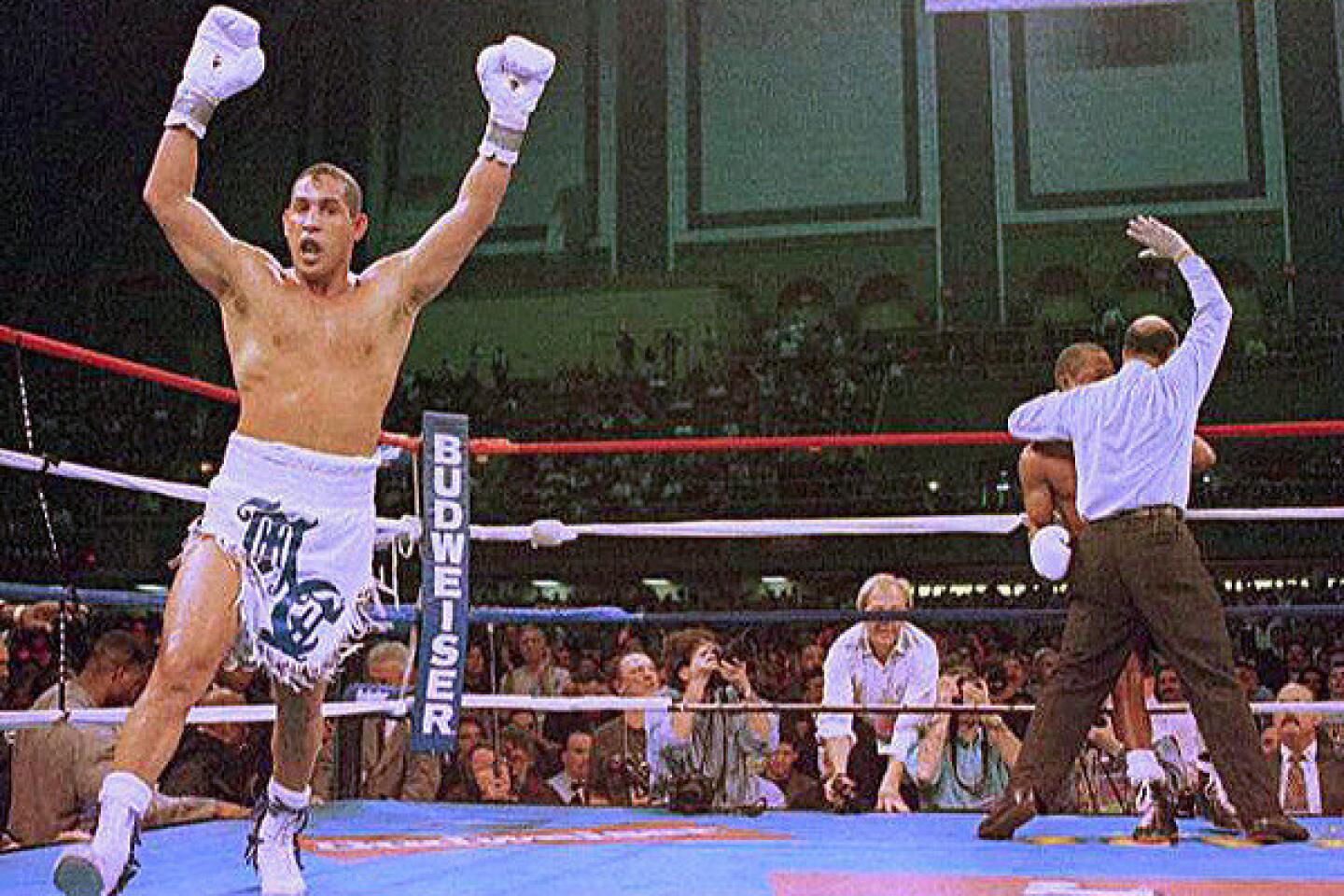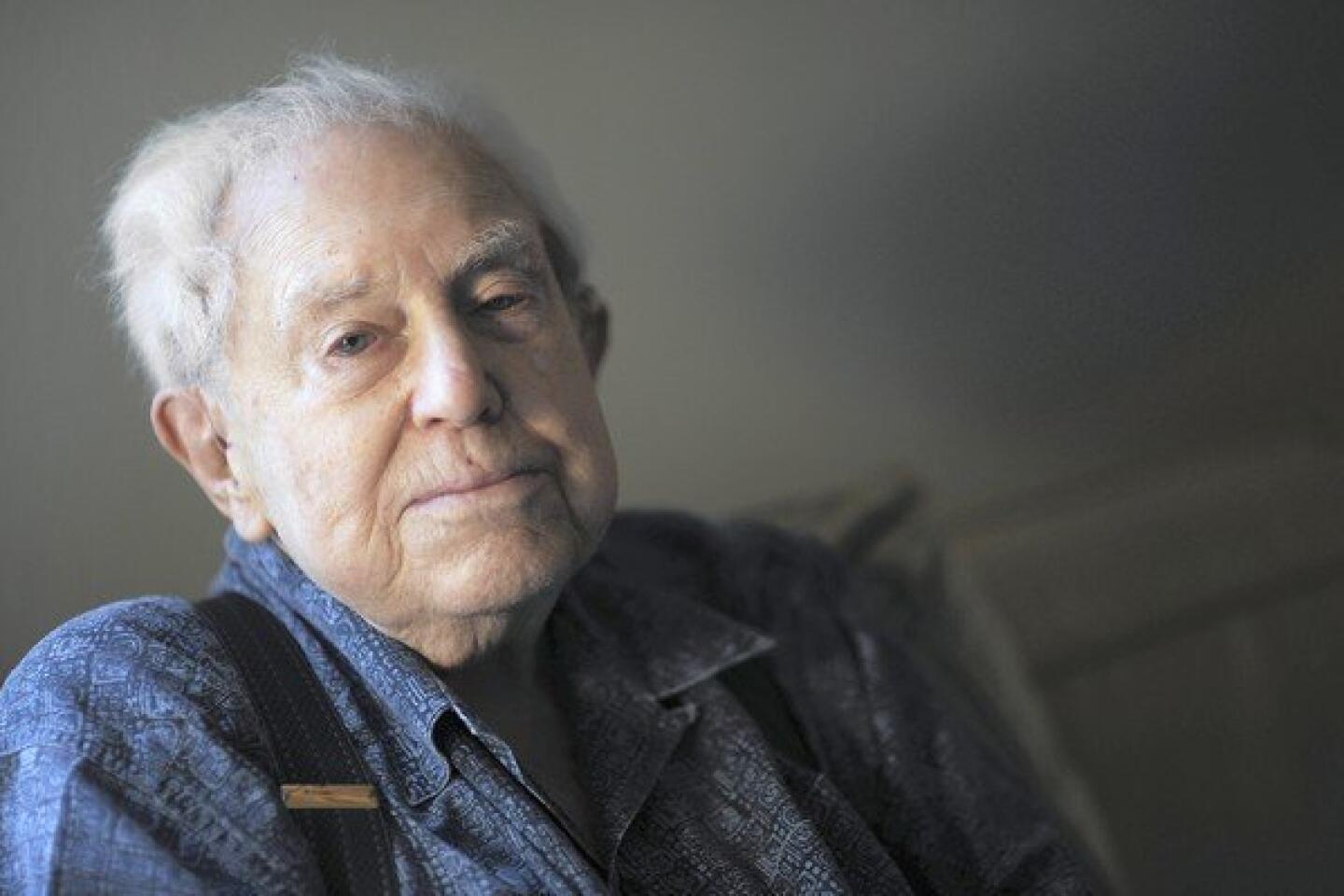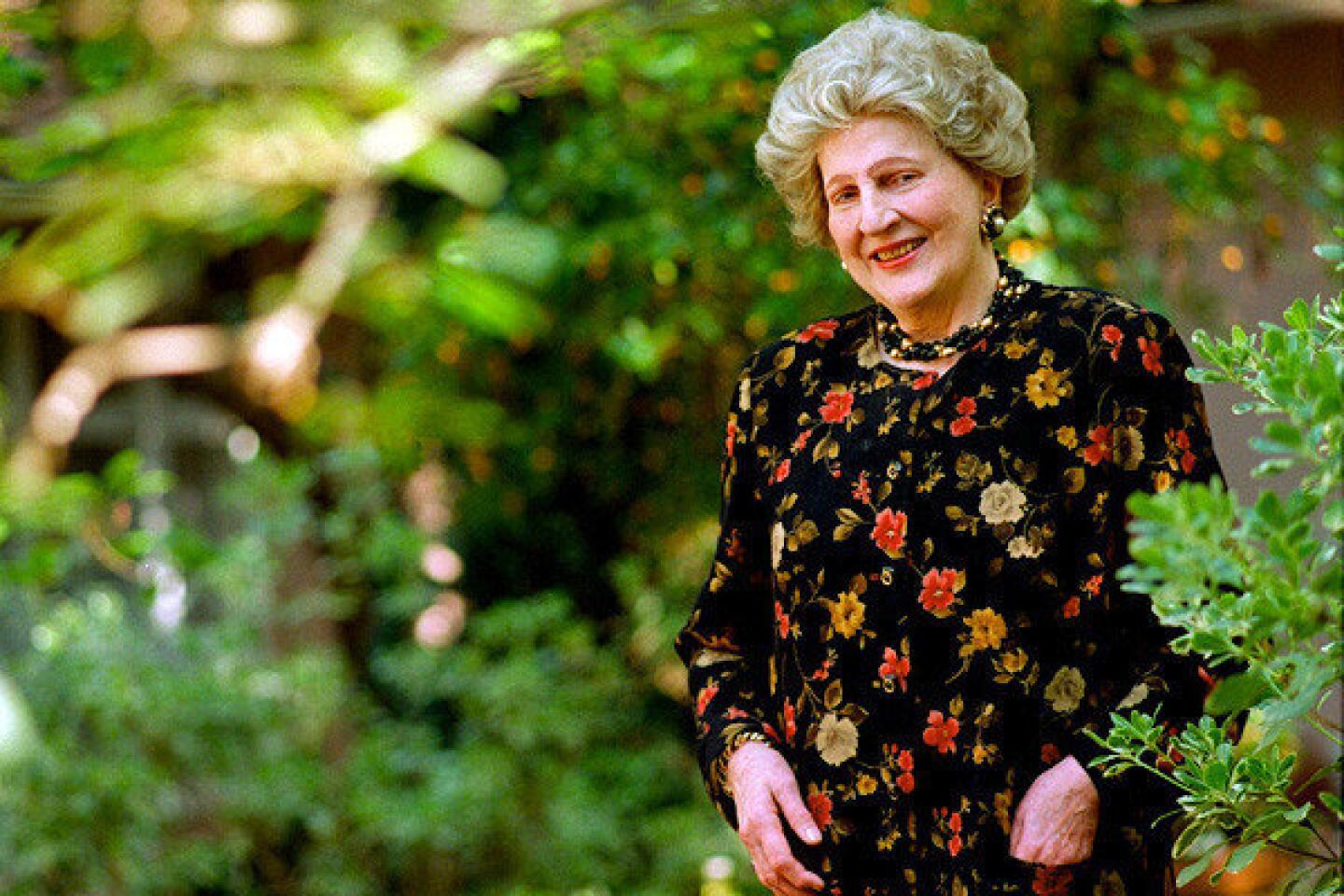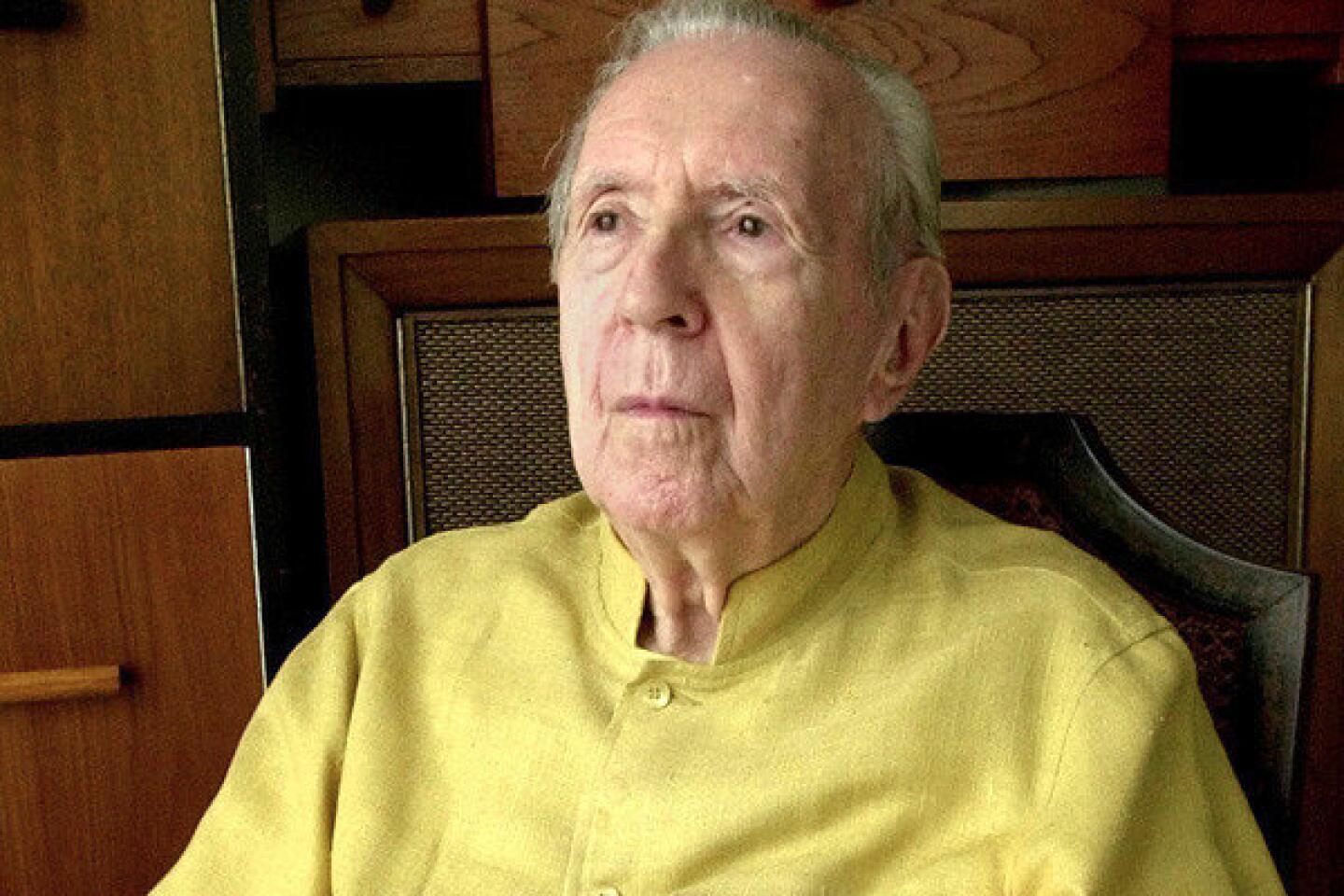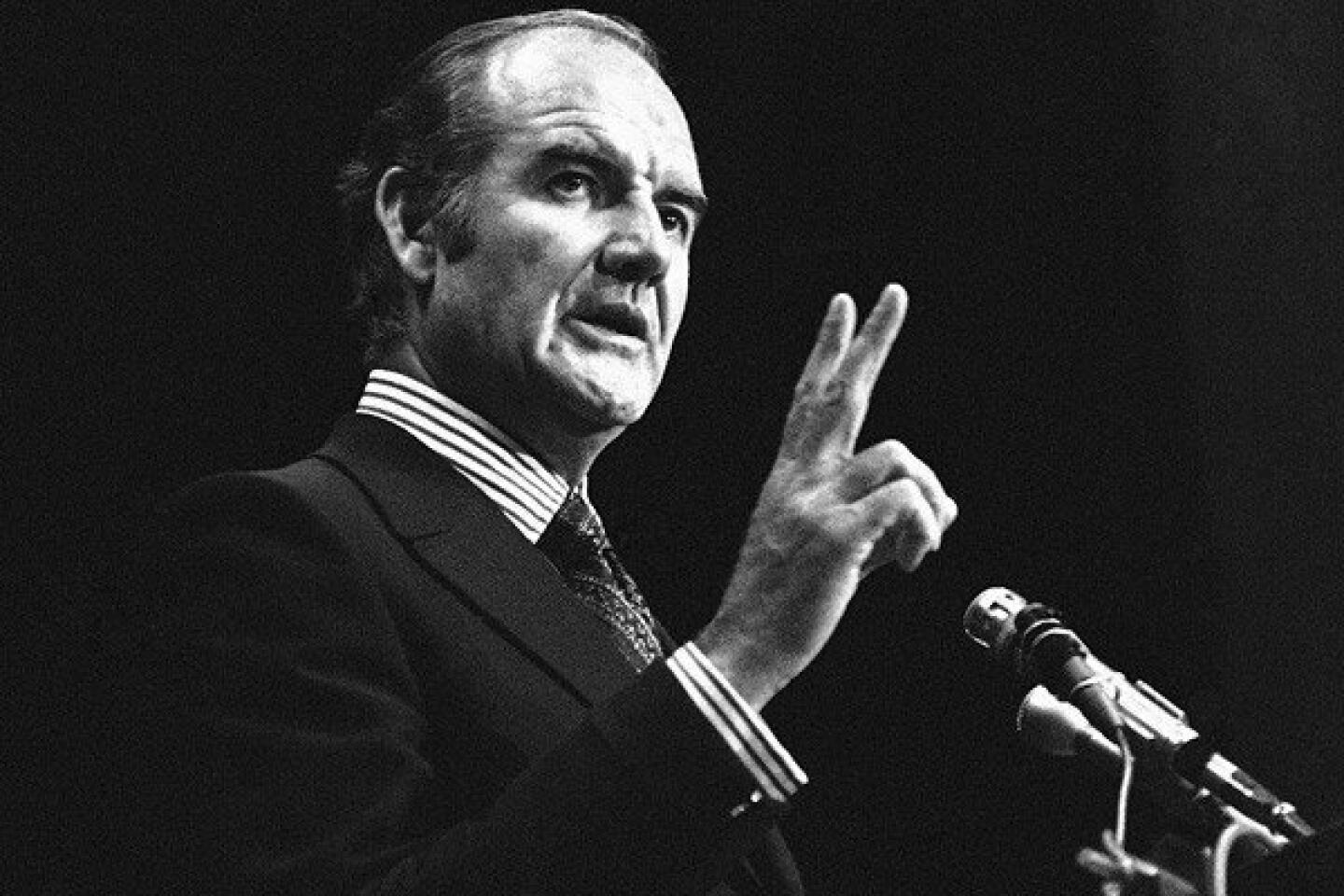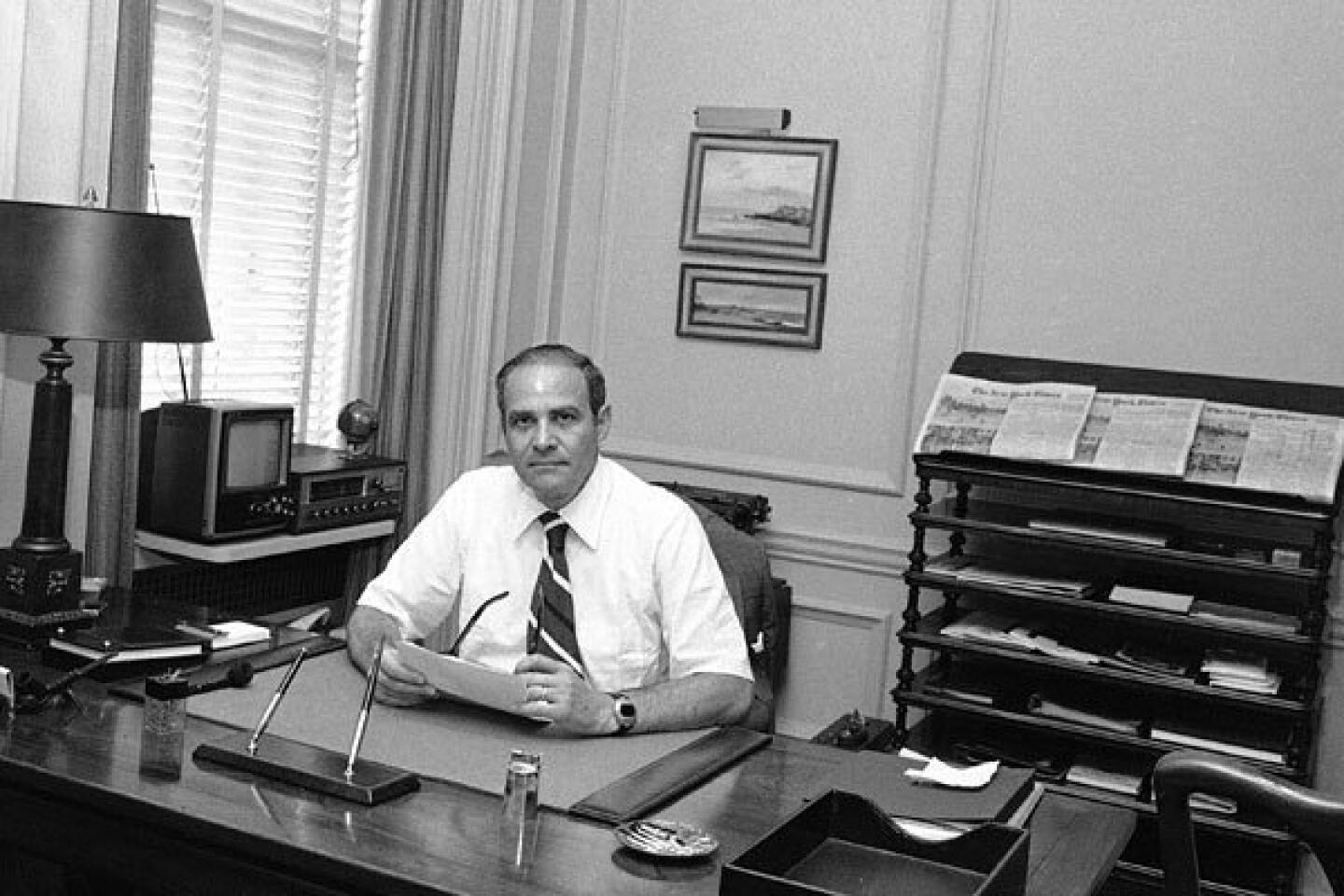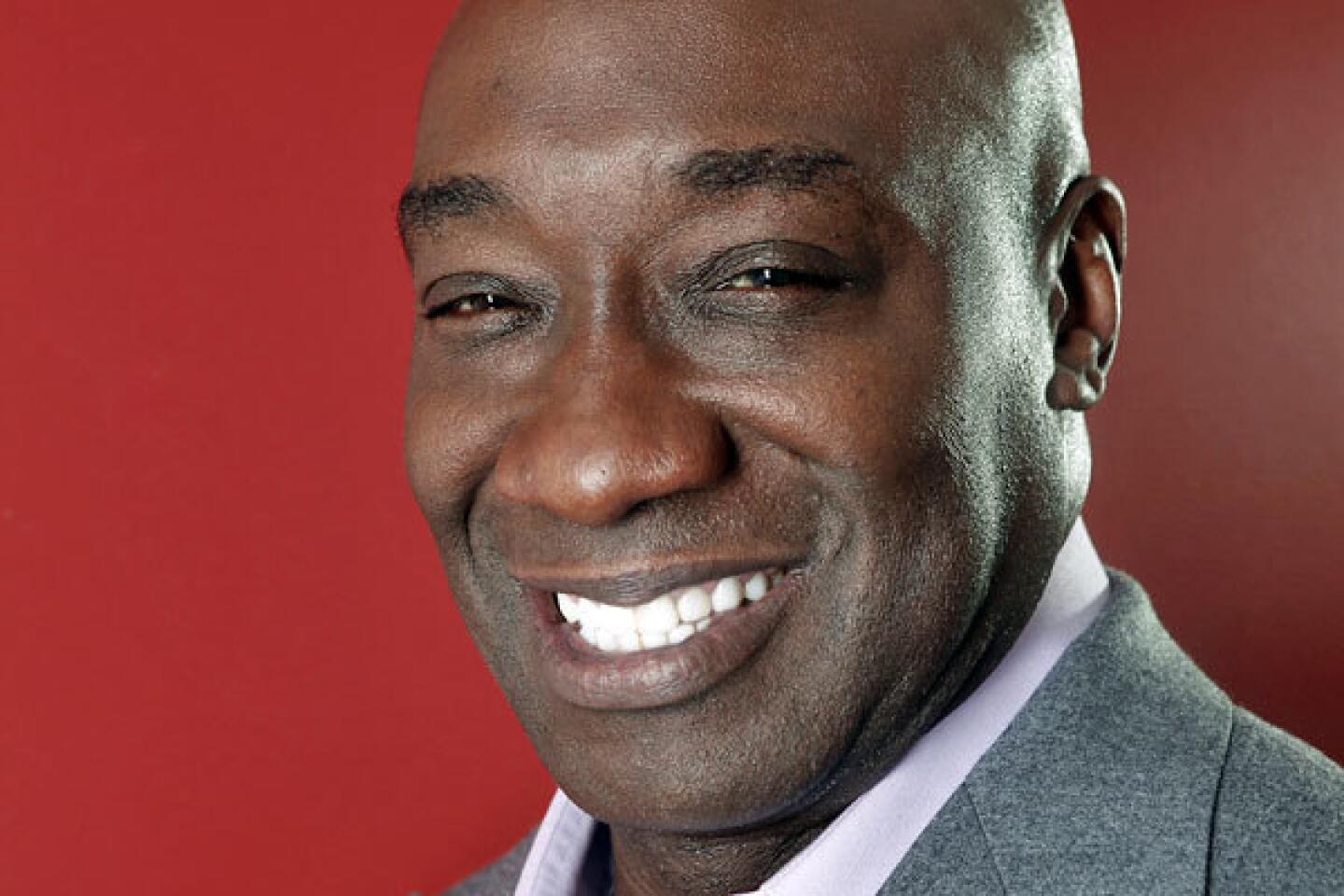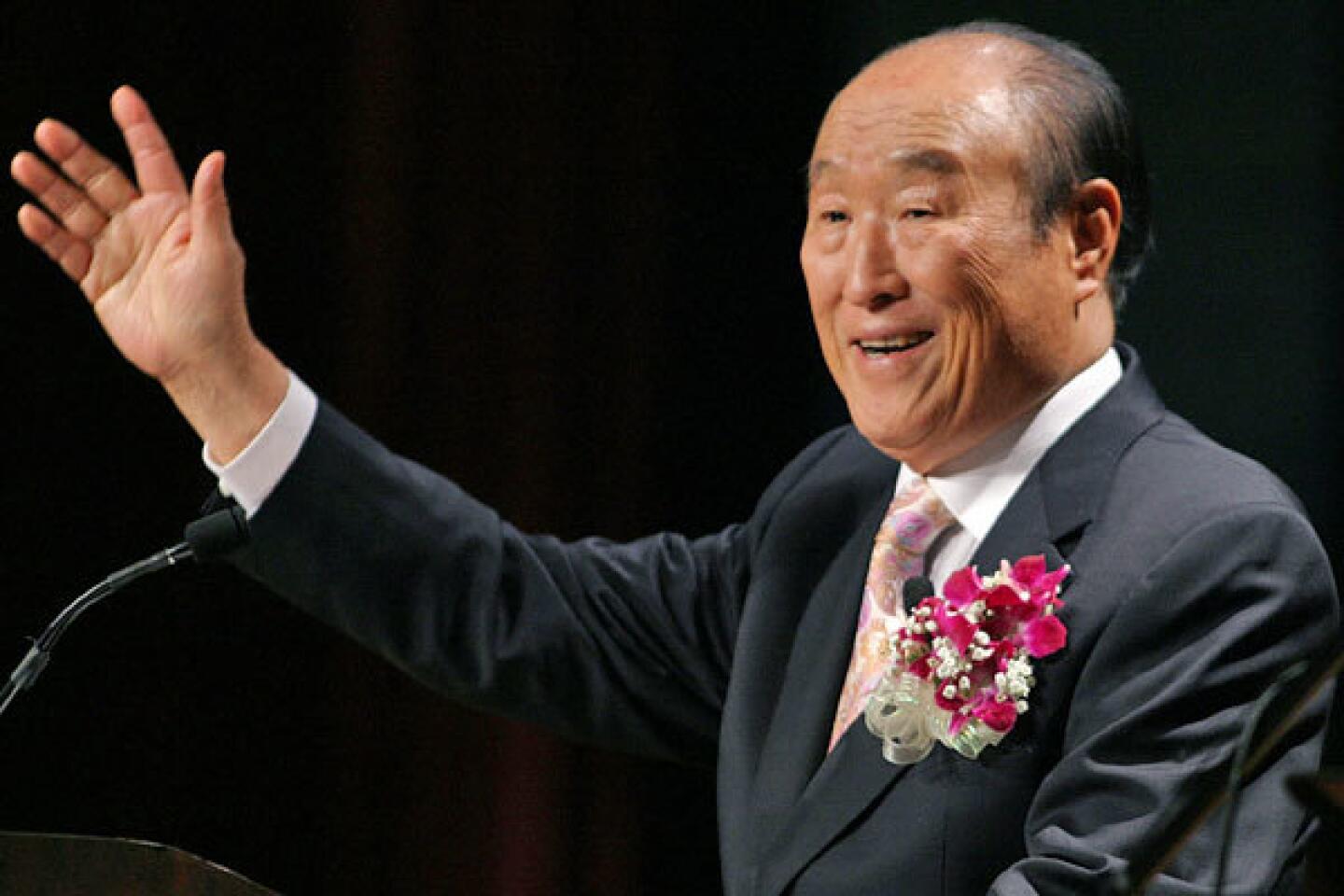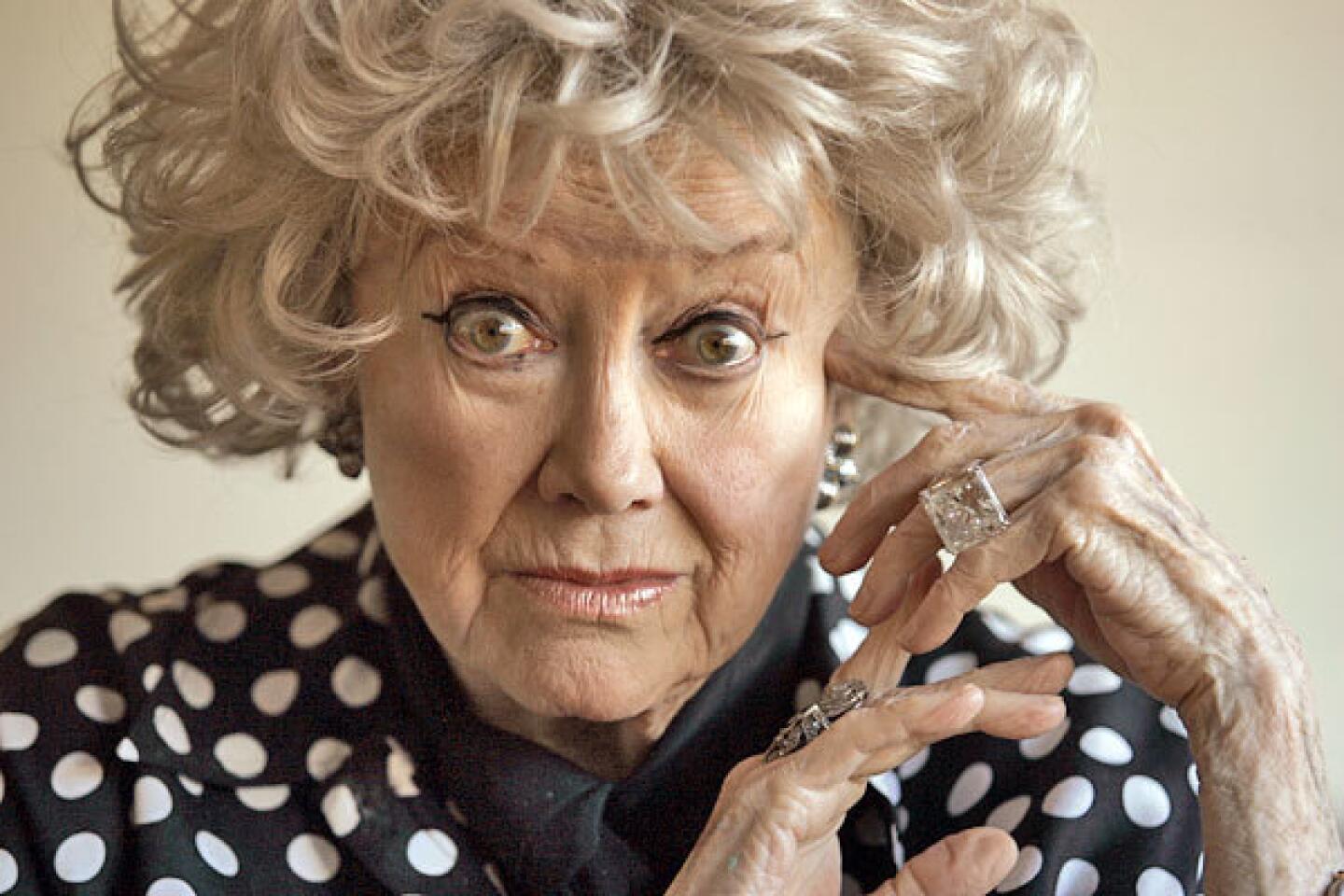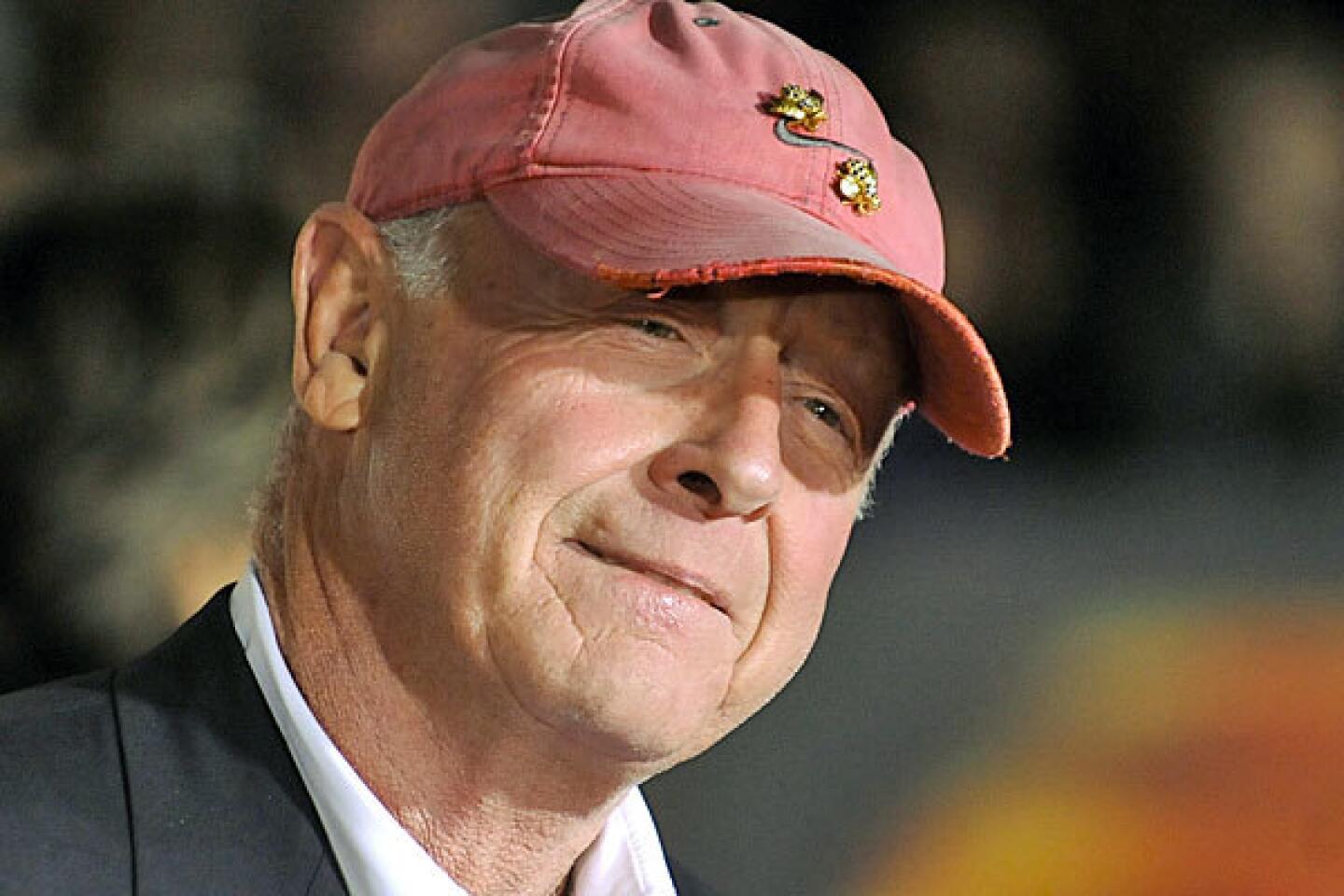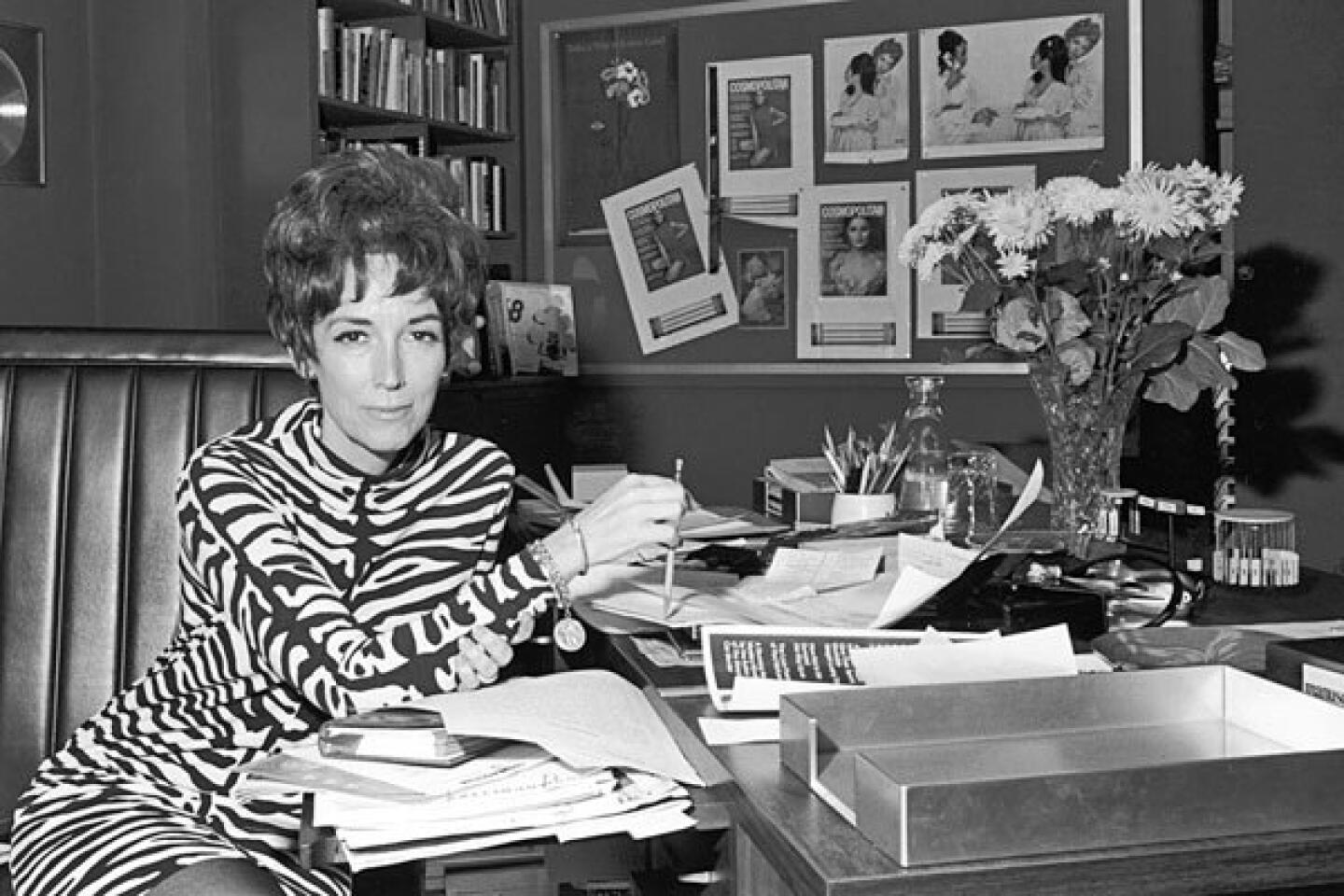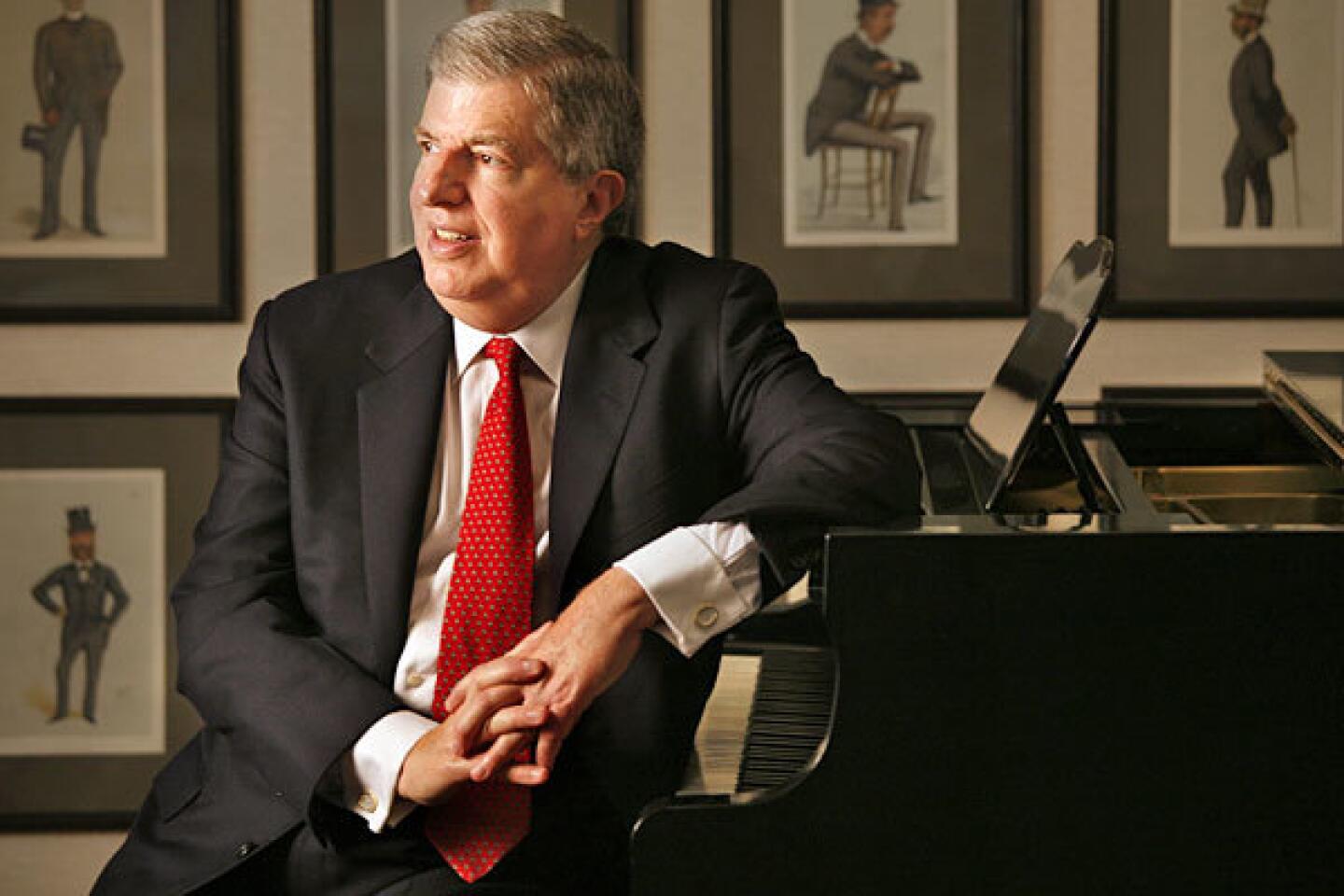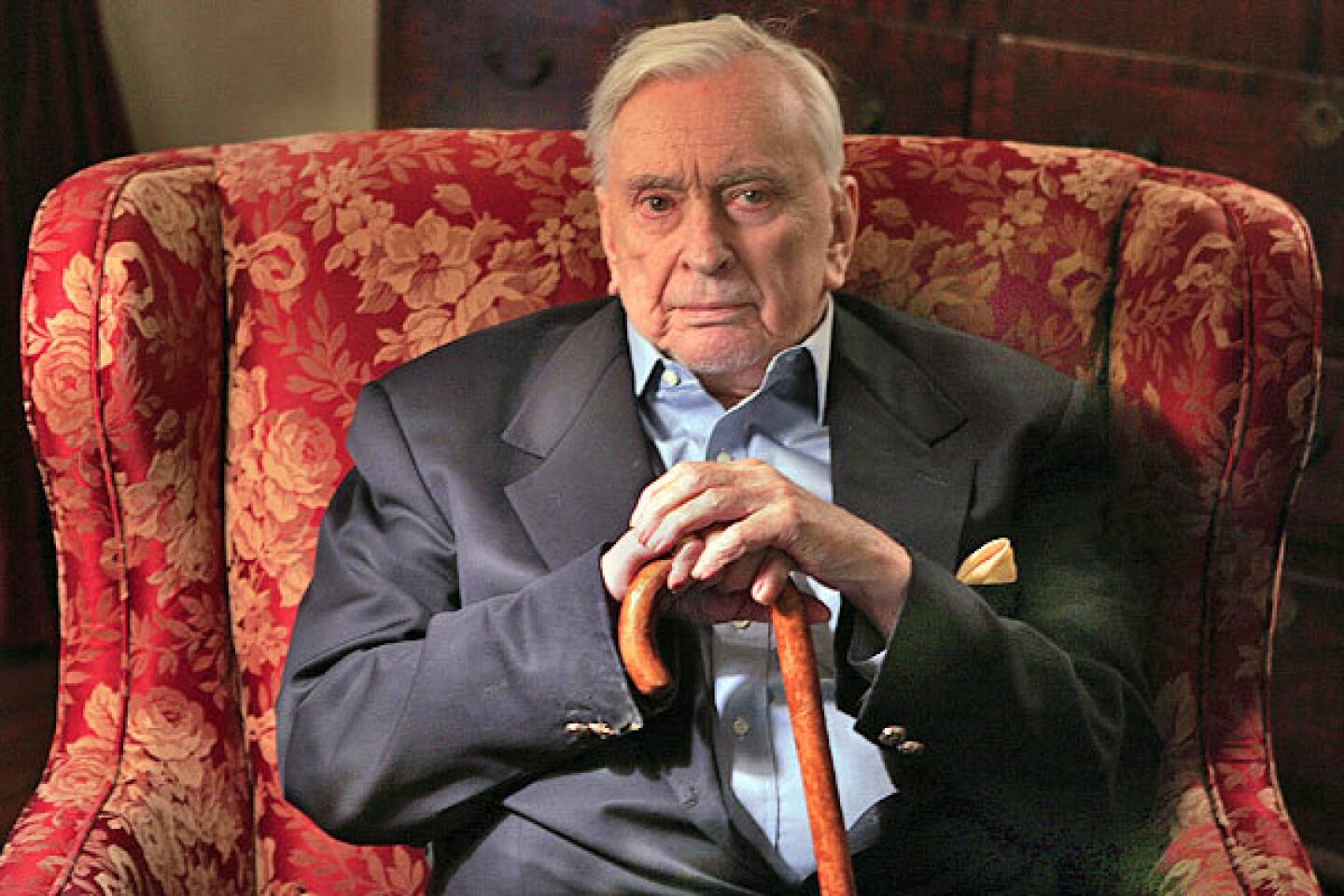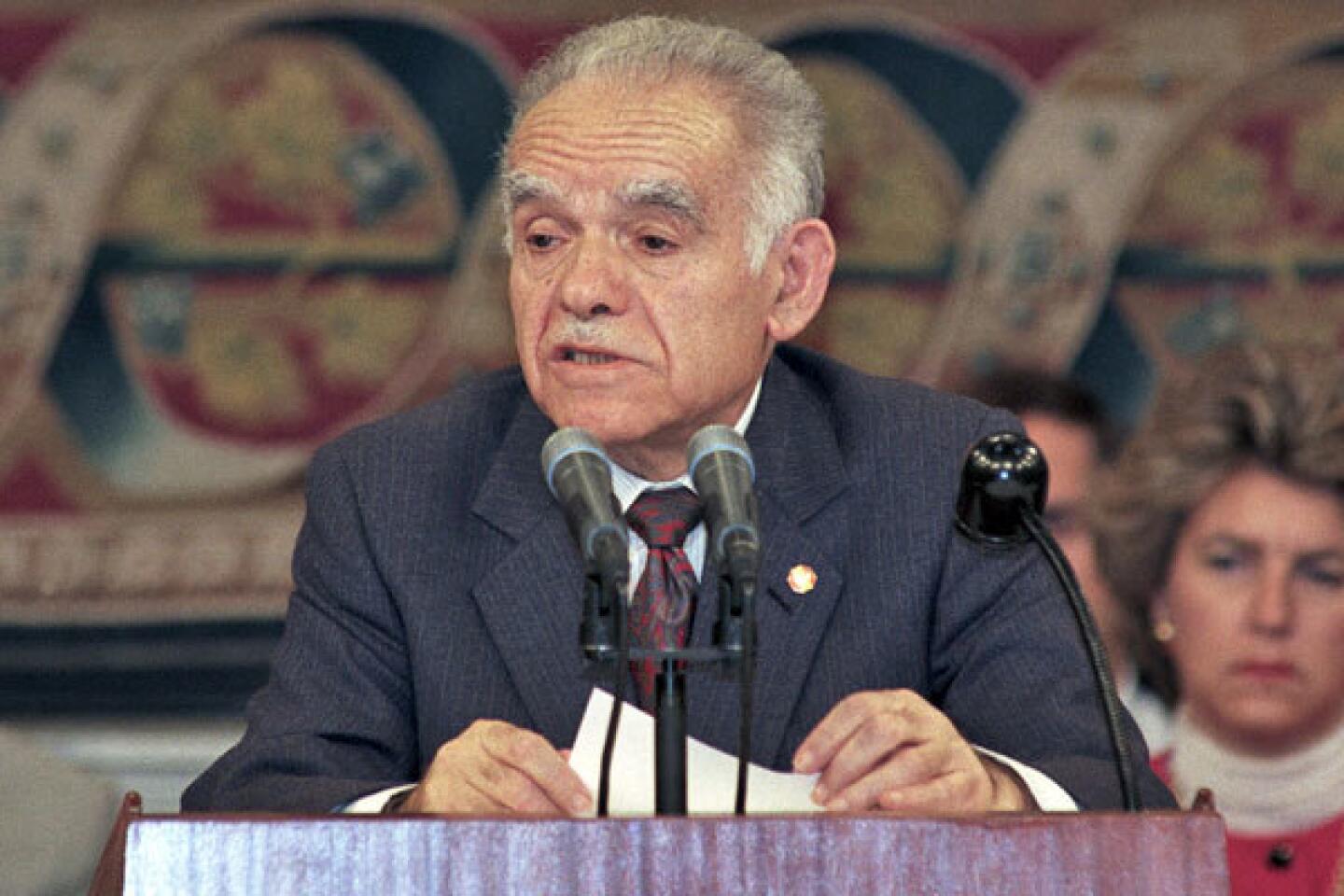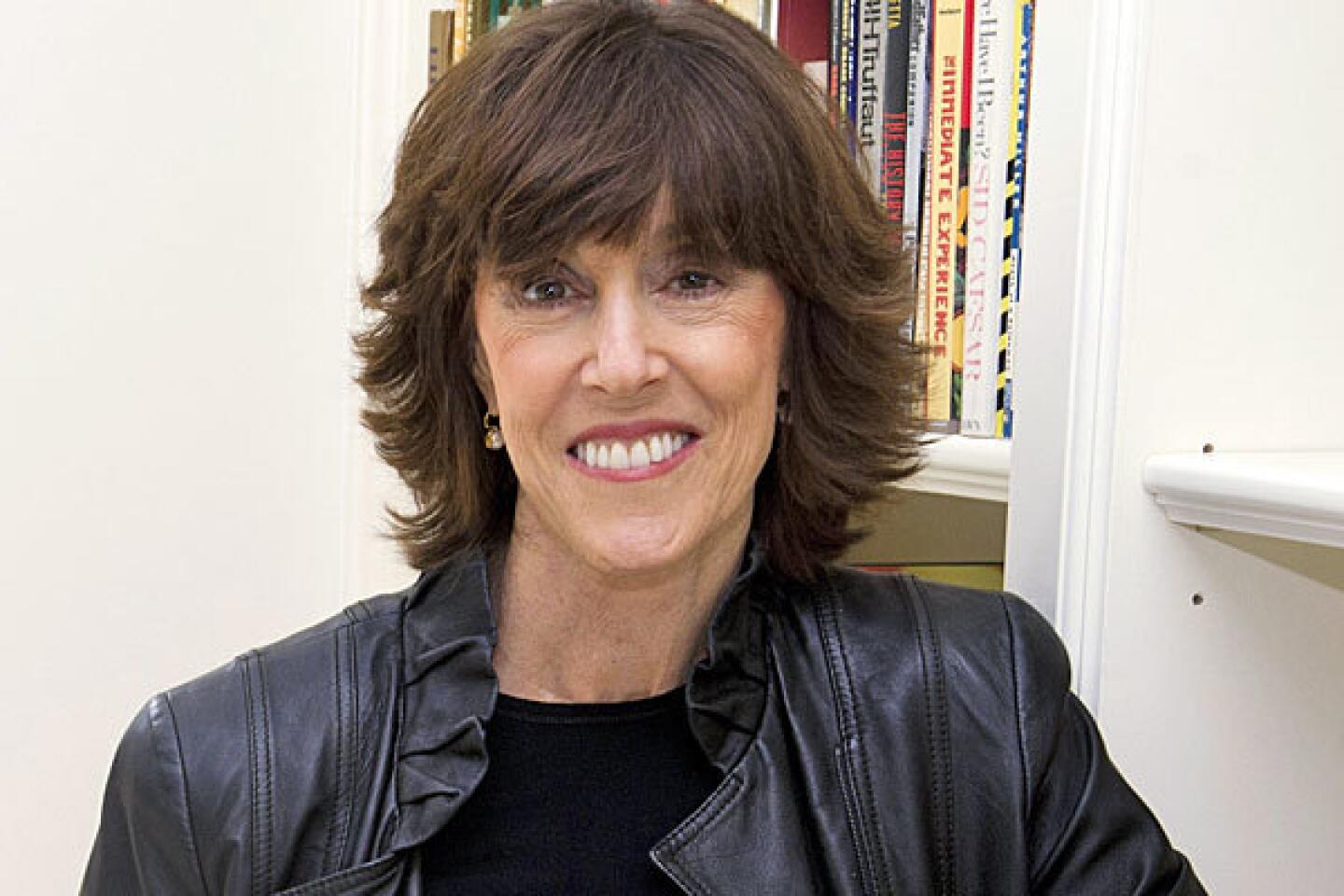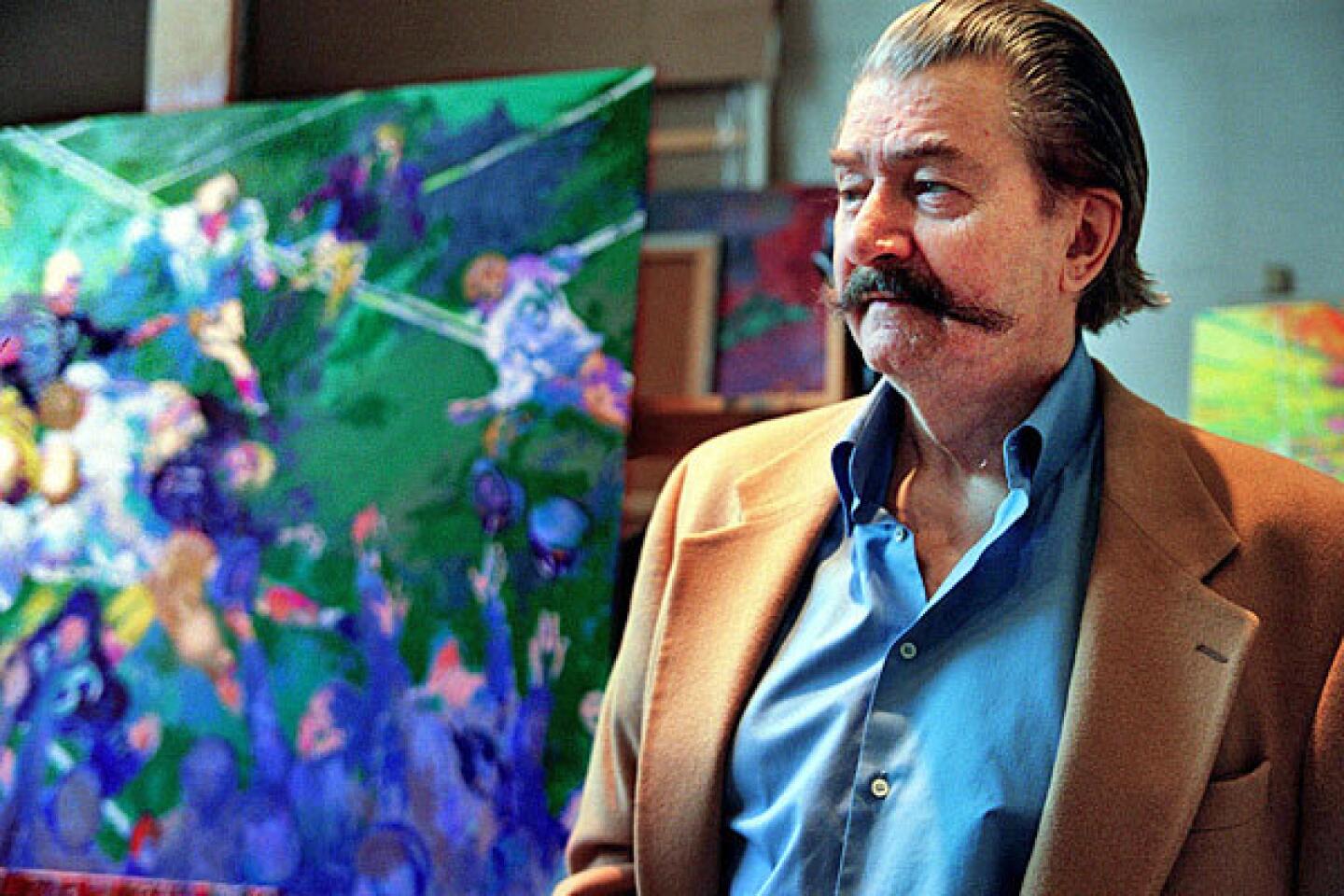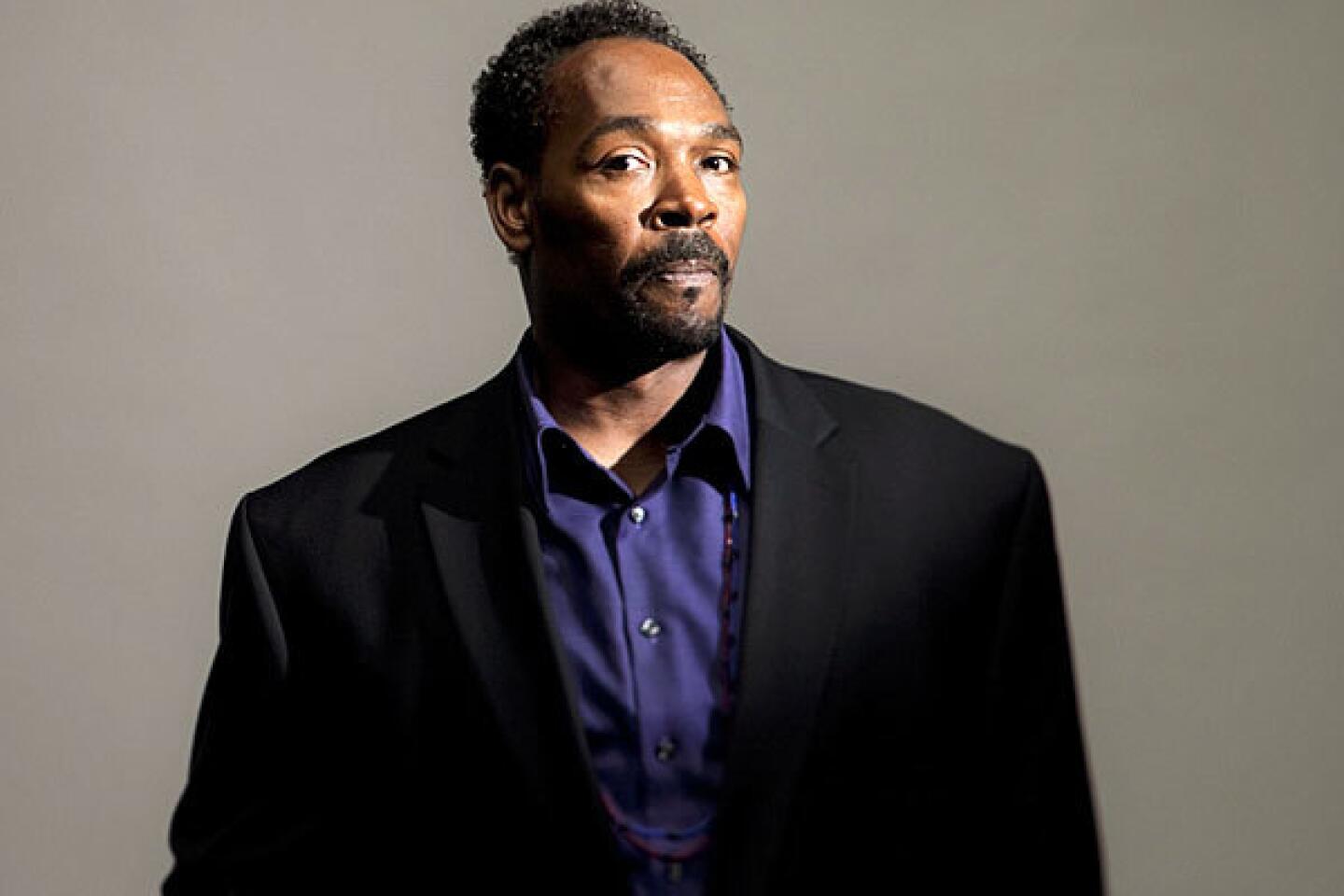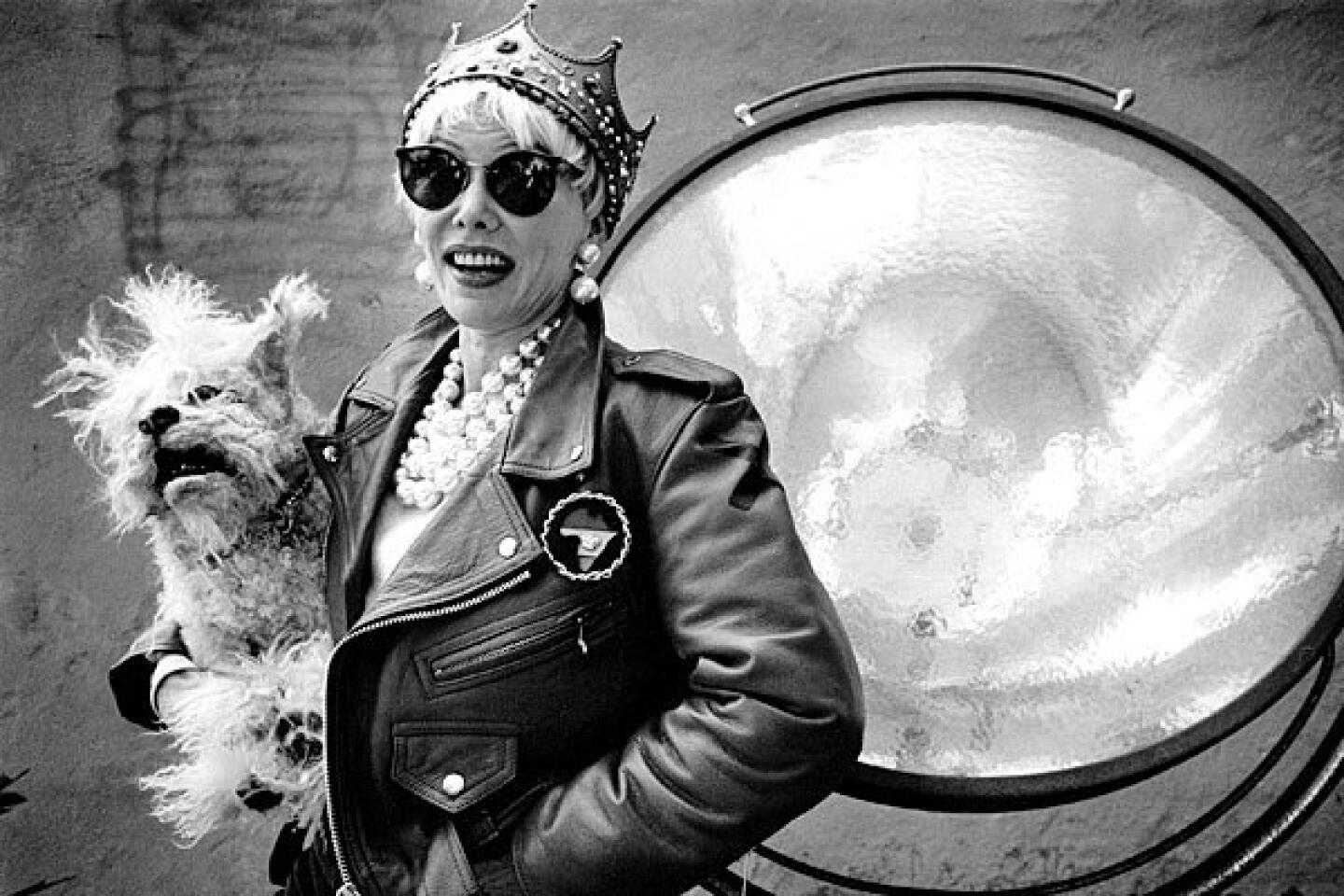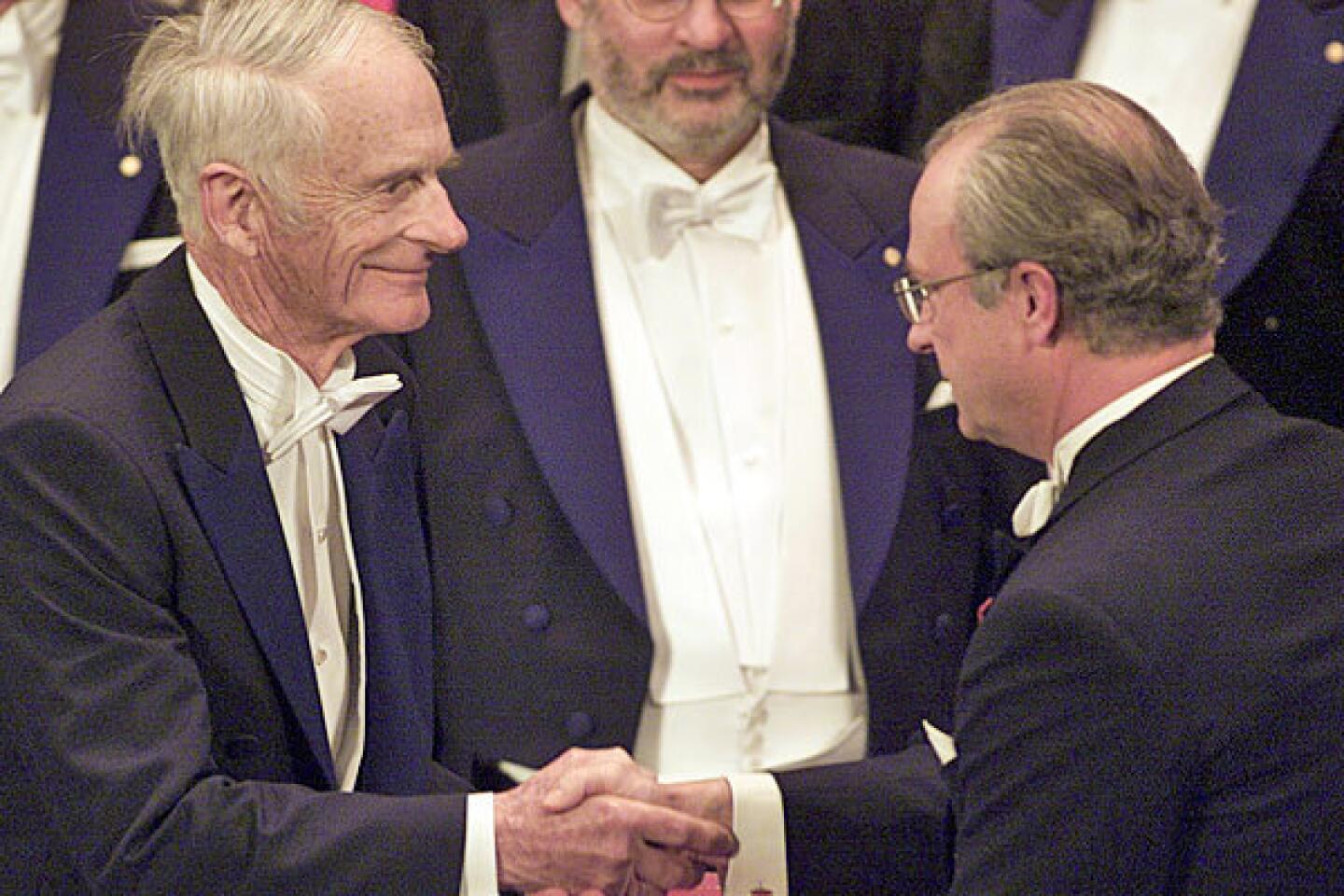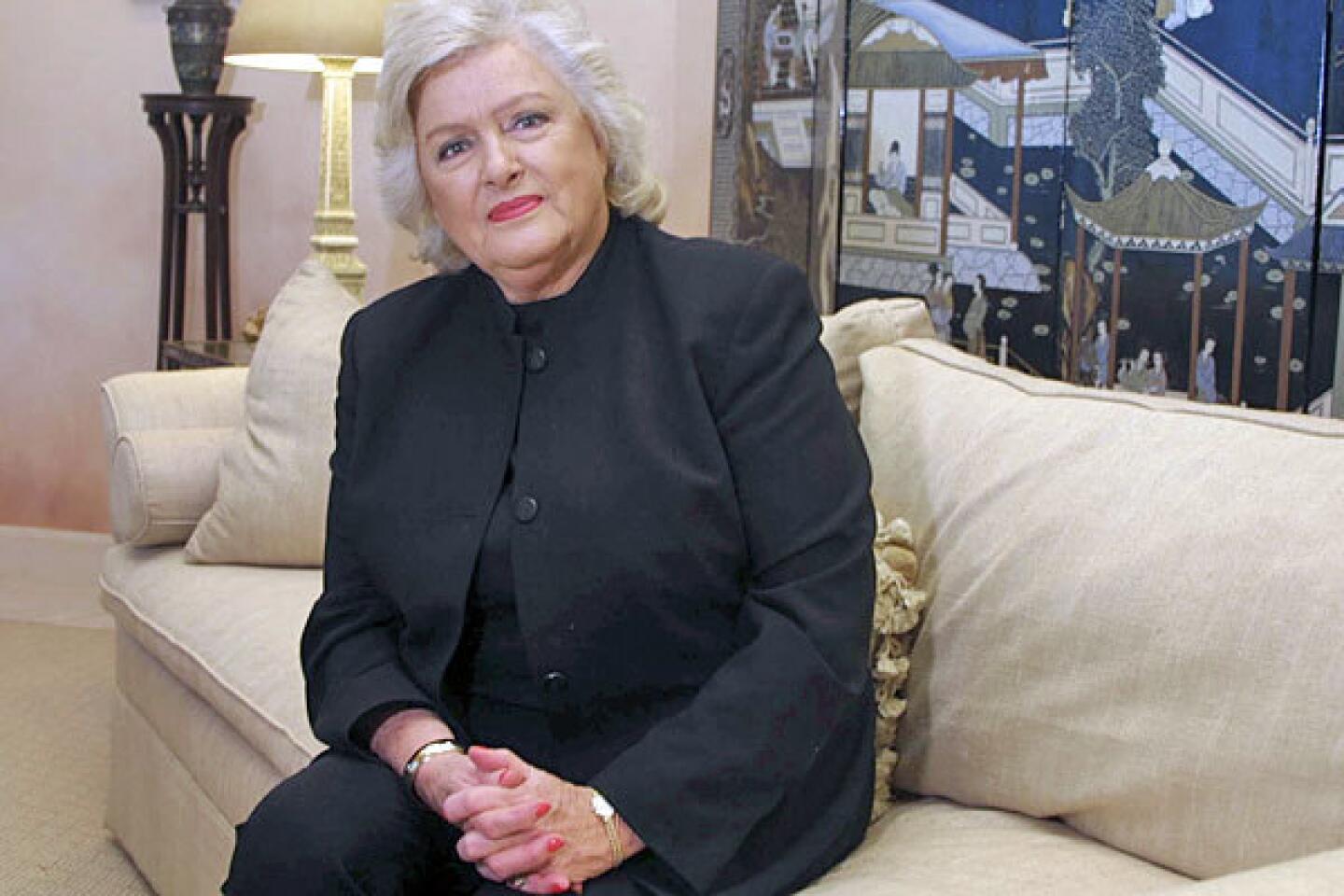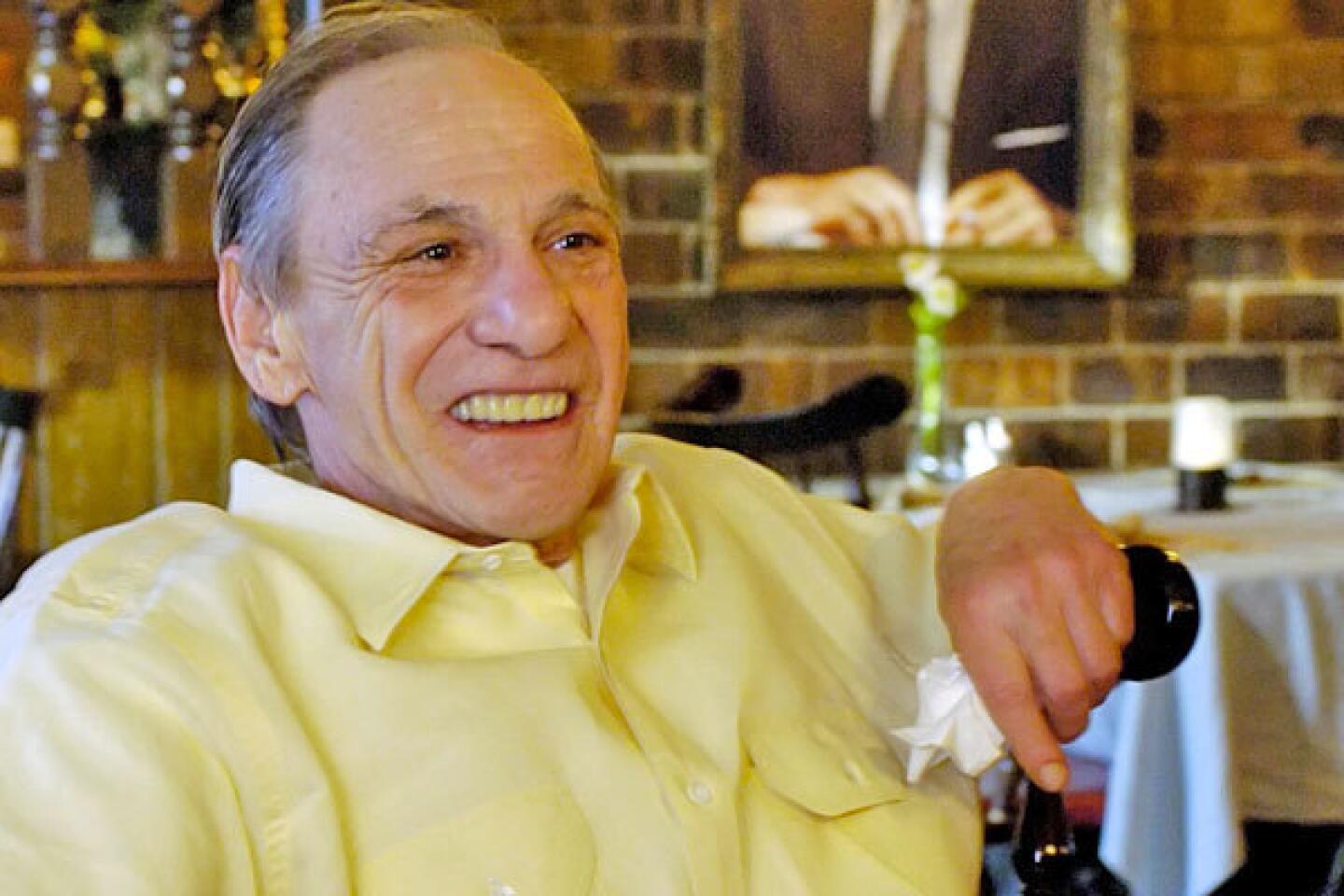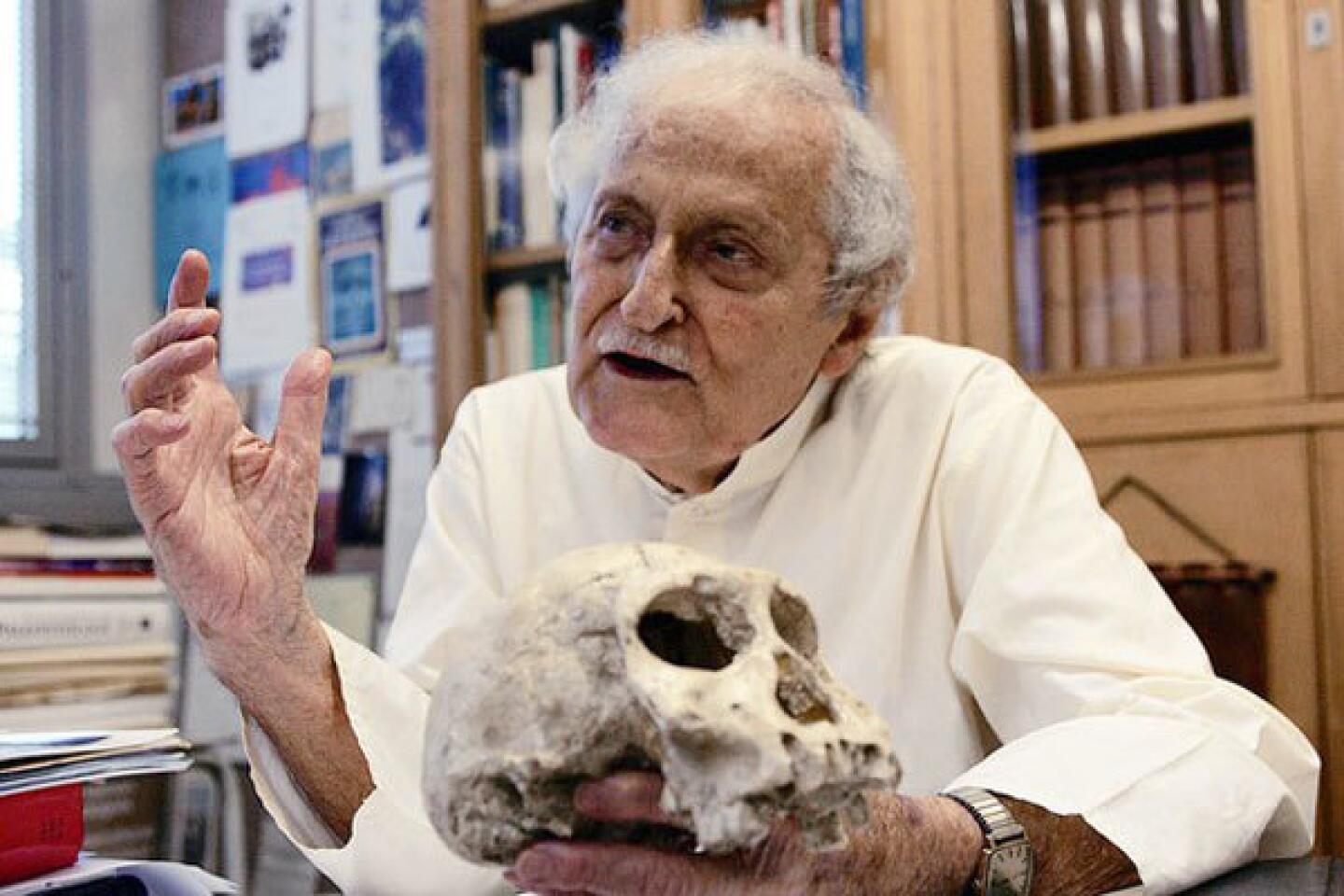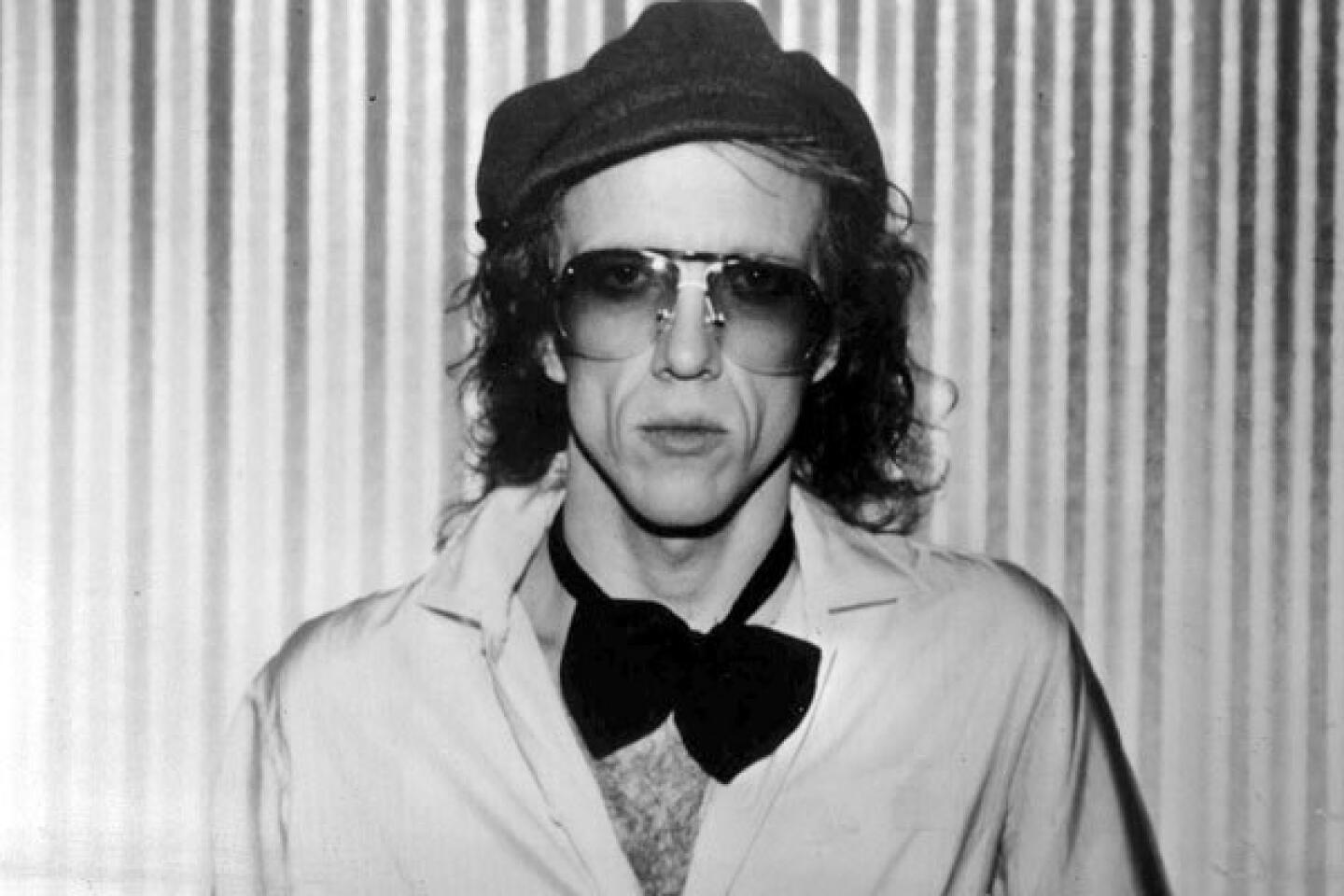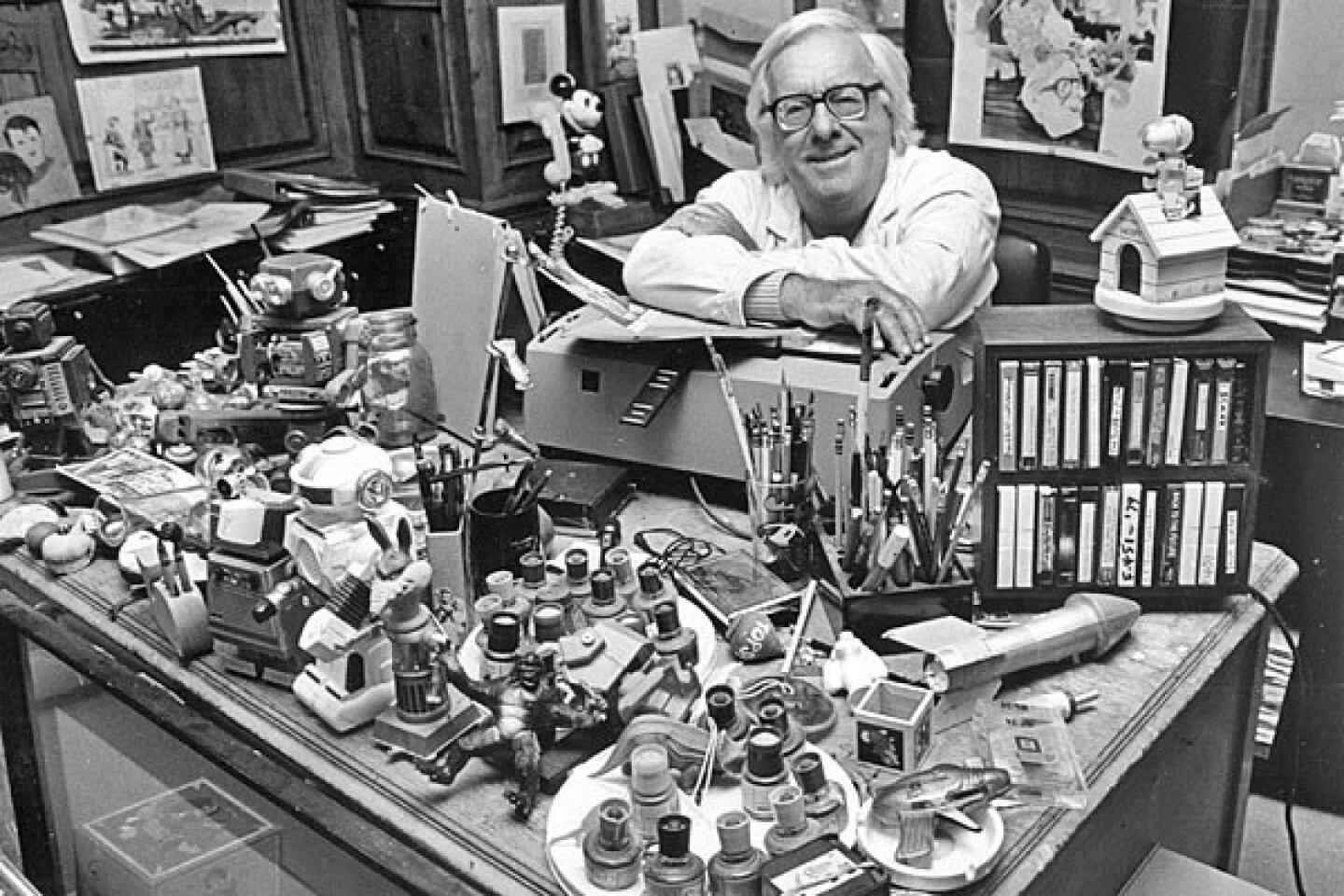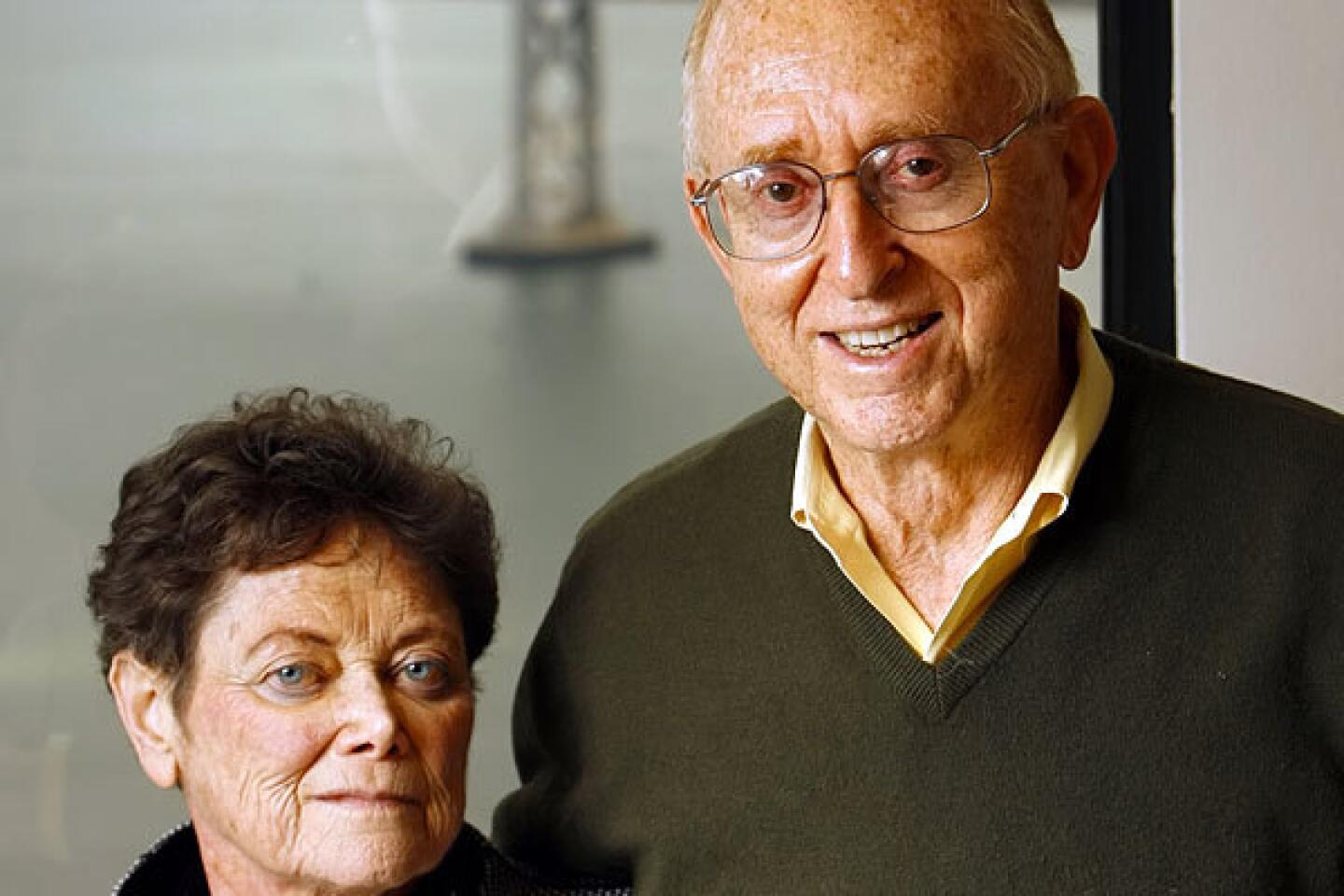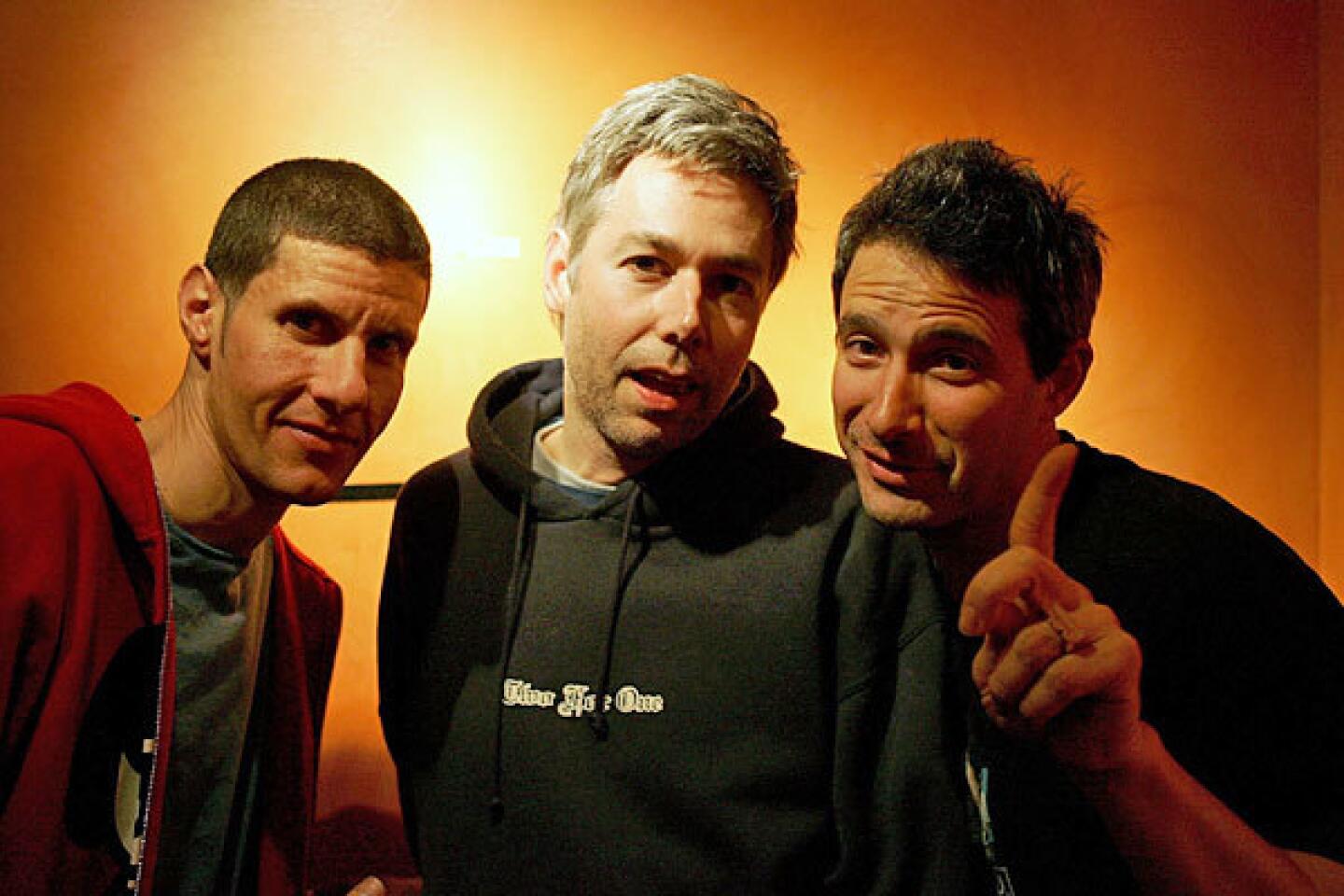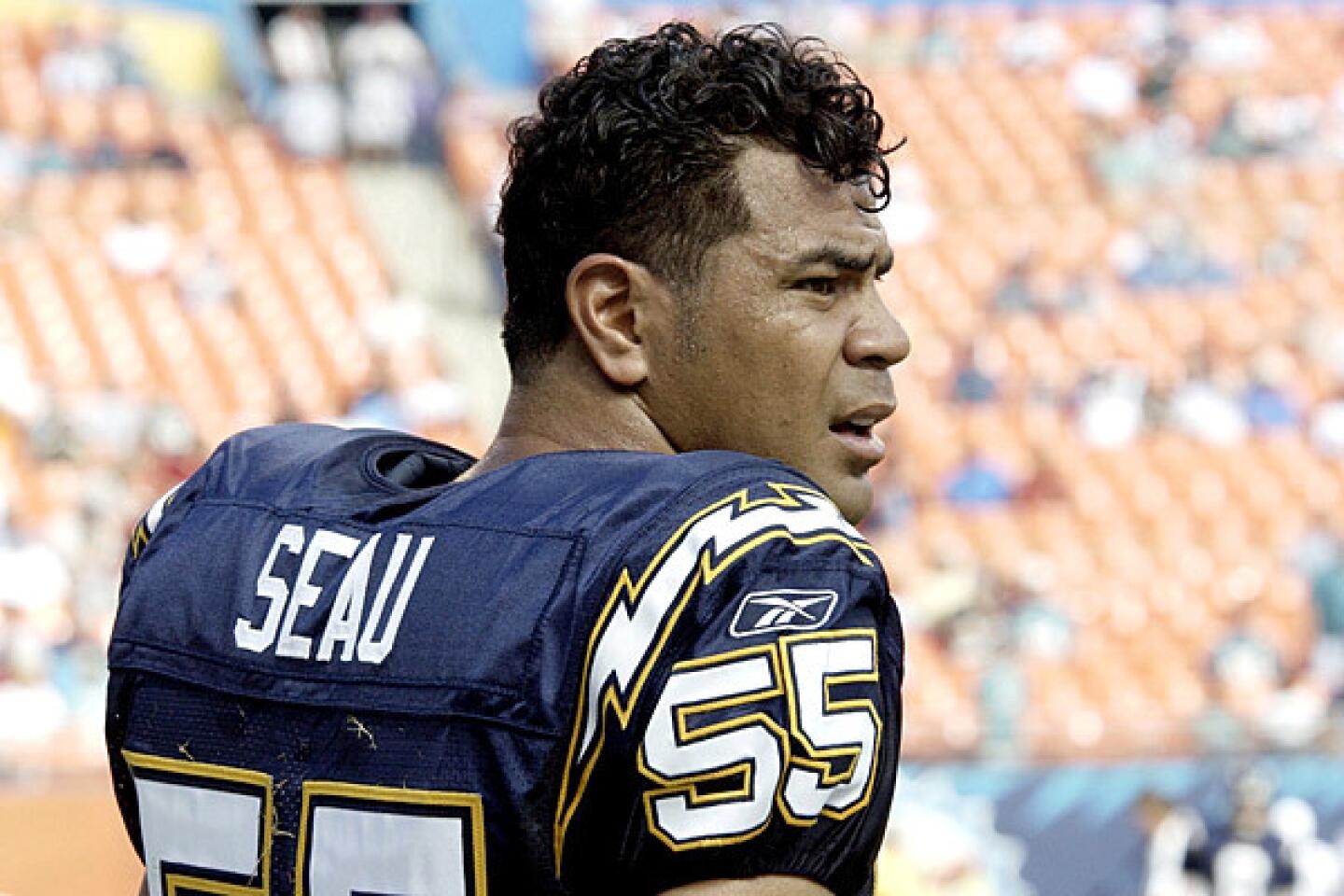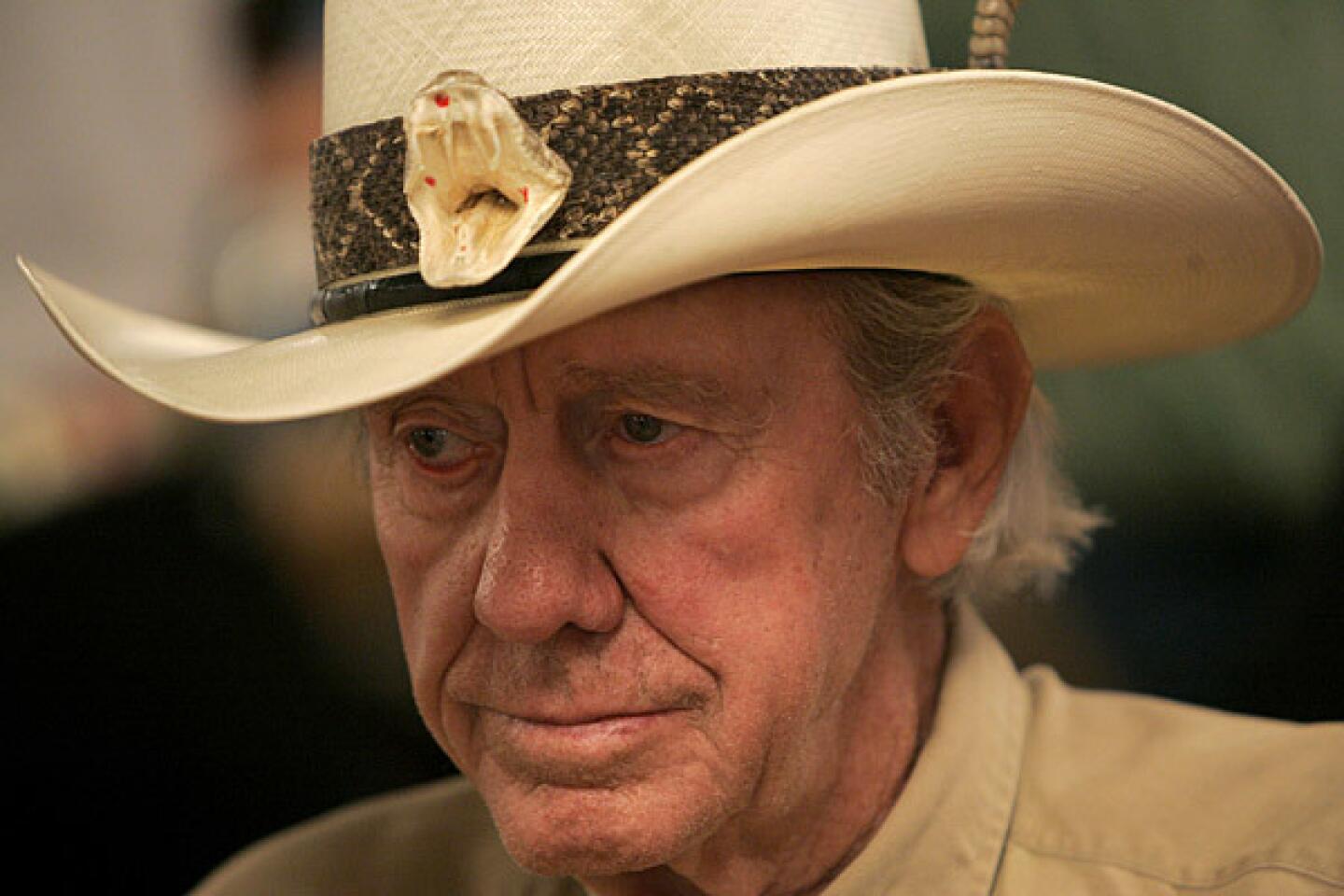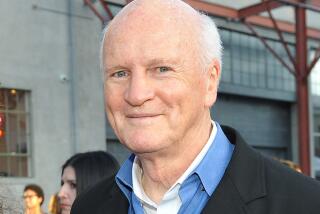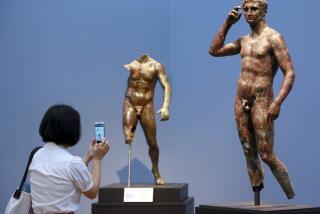Robert Hecht Jr. dies at 92; controversial dealer in classical antiquities
- Share via
When Robert E. Hecht Jr. arrived at the loading platform of the Metropolitan Museum of Art in New York in the fall of 1972, he was carrying a large wooden box and was escorted by an armed guard.
Inside the box was perhaps the finest Greek vase to survive antiquity, a masterpiece that would soon be making headlines around the world.
The Met had agreed to pay a record $1 million for the ancient work. Hecht said it had been in the private collection of a certain Lebanese gentleman.
But when Met director Thomas Hoving heard the story, he scoffed: “I bet he doesn’t exist.”
Indeed, as Hecht later revealed in his unpublished memoir, he had just bought the vase from “loyal suppliers” who had dug it up from ancient tombs outside Rome and smuggled it out of Italy.
The ensuing controversy over the so-called Euphronios krater marked a turning point in the art world, opening the public’s eyes to the shady side of museums. It also solidified Hecht’s reputation as the preeminent dealer of classical antiquities, driving him underground — but not out of business.
He became a legendary but mysterious figure, one whose passion for ancient art overcame any questions about the destruction wrought by its illicit origins.
That career ended Wednesday, when Hecht died at his home in Paris at age 92.
His death comes less than three weeks after the ambiguous end of his criminal trial in Rome on charges of trafficking in looted antiquities. Since the 1990s, Hecht had been at the center of an Italian investigation that traced objects looted from tombs in Italy through a network of smugglers, dealers and private collectors to museums across the United States, Europe and beyond.
Hecht was accused of being a key player in that illicit trade, along with his alleged co-conspirators, former J. Paul Getty Museum antiquities curator Marion True and Italian dealer Giacomo Medici. Medici, who supplied Hecht with the Met’s famous vase after buying it from looters, was convicted in 2004. The trial of Hecht and True began in 2005, but the statute of limitations expired before the court could reach a verdict for either.
In a phone interview after his trial ended, Hecht sounded frail but characteristically coy about the source of his remarkable inventory of ancient vases, statues and frescoes, which now reside in museums around the globe.
“I have no idea of where an object was excavated,” he said. “It could have been excavated 100 years ago; it could have been excavated an hour ago.”
Hecht was born in Baltimore in 1919, heir to the Washington, D.C.-area department store chain that bore his family name. He served in the Navy Reserve in World War II, then accepted a scholarship to study classics and archaeology at the American Academy in Rome.
It was there that he began buying ancient art. At the time, ancient artifacts were sold openly to tourists in the city’s piazzas. But Hecht soon learned that his passion carried risks.
In 1962, he was barred from reentering Turkey after being accused of trying to smuggle out ancient coins. Not long after, he was accused in Italy of trafficking in looted antiquities. Italy’s highest court eventually exonerated him for lack of evidence.
That case was still working through Italy’s legal system when Hecht was offered the Euphronios krater by Medici, who had grown up near the Etruscan necropolis where the vase was illegally excavated.
The deal cemented Hecht’s relationship with Medici, whom he describes in his memoir as “a faithful purveyor” who “rose early each morning [and] toured the villages … visiting all the clandestine diggers.”
The ensuing scandal forced Hecht to relocate to Paris and do business through a series of front men, one of whom was a precocious ancient coin dealer named Bruce McNall.
“He was like a father,” said McNall, who first met Hecht in 1970 while buying ancient coins at an auction in Basel. “He was one of the most fascinating characters I’ve met in my life — a man of mystery, a genius, a family man.”
Soon after meeting, McNall and Hecht became partners, and according to McNall began selling recently looted antiquities to museums and collectors out of McNall’s Rodeo Drive storefront gallery. They also created an elaborate tax fraud scheme with former Getty antiquities curator Jiri Frel, arranging for Hollywood figures to donate looted antiquities to the Getty in exchange for inflated tax write-offs.
“I found him to be without question the most knowledgeable person I’d met in the business, much more of an academic than a dealer,” said McNall, who went on to produce Hollywood films and buy the Los Angeles Kings hockey team before going to jail on unrelated bank fraud charges.
Among Hecht’s top clients was the J. Paul Getty Museum, which was aggressively building its collection of ancient art in the 1980s and ‘90s. In a deposition, True said Hecht could be “charming, very, very intelligent, but he could also turn, be very hostile, very sarcastic, very sinister.”
It was Hecht’s ties to the Getty that landed him on trial with True in Rome. In addition to Hecht’s memoir, which was seized in 2001, investigators found correspondence in which the two appeared to openly discuss the illicit origin of objects the Getty was buying.
Confronted with the evidence, the Getty and other leading American museums agreed to return more than 100 antiquities to Italy, including dozens that came through Hecht. Among them was the Met’s Euphronios krater, which was returned to Italy in 2008.
Ultimately, Italian prosecutors could not win a criminal conviction in the case before the allotted time elapsed.
“He was not able to be proven guilty, so he was innocent,” Hecht’s wife, Elizabeth, said Wednesday.
In addition to his wife, Hecht is survived by his daughters Daphne Hecht Howat of Paris, Andrea Hecht of Brooklyn, N.Y., and Donatella Hecht of Westchester, N.Y.
More to Read
Start your day right
Sign up for Essential California for the L.A. Times biggest news, features and recommendations in your inbox six days a week.
You may occasionally receive promotional content from the Los Angeles Times.
